Stakeholder outreach through public workshops and meetings to educate and solicit feedback from
different audiences
Author: Farhad Farahmand | mars 7, 2022
Planning for Carbon Neutrality
As California marches towards bold climate objectives, local communities are becoming leaders in this initiative – adopting and implementing building “reach codes” that require lower emissions than the state. TRC is partnering with cities, utilities, and community choice aggregators across California to set reach code goals, gain community support, and demonstrate cost effectiveness.
California has passed landmark directives over the last several years to drive carbon neutrality by 2045 and reduce greenhouse gas emissions from vehicles and buildings. These directives have motivated local cities and counties to meet their climate action goals and prompted two community choice aggregators (CCAs) Peninsula Clean Energy (PCE) and Silicon Valley Clean Energy (SVCE) to provide resources that help communities deliver on these goals.
Related Services
Resources for CCA Members
PCE and SVCE launched a trailblazing Joint Electrification Reach Code Initiative in 2018, which is featured in a case study published by the California Public Utilities Commission (CPUC). The Initiative provides support to the CCAs’ 34 member agencies (city and county governments) as they consider and adopt new building electrification and electric vehicle infrastructure codes that exceed codes required by the state. These “reach” codes represent an important, local pathway towards statewide decarbonization.
PCE and SVCE provided comprehensive resources to cities and counties in five phases.
To help local jurisdictions with code development and technical considerations, PCE and SVCE selected TRC as the lead consultant for the Initiative given our considerable experience with statewide code development, cost-effectiveness, and work with local government reach code adoption. As the Project Manager for this effort and on behalf of the TRC team, we have been thrilled to work with PCE and SVCE on their breakthrough Initiative. While individual cities had previously considered reach codes, a coordinated and large-scale regional effort like this had never been attempted and the Initiative presents a unique opportunity to catalyze decarbonization policy throughout California.
The primary strategy for decarbonization in the reach codes has been electrification of building appliances and vehicles. The Initiative team demonstrated how building all-electric new construction can be cost effective compared to buildings that incorporate fossil fuel infrastructure. The model codes strive for equitable access to electric vehicle charging by promoting requirements that 100% of dwelling units with parking, even in multifamily buildings, have plug-and-play electric-vehicle charging infrastructure installed. TRC coordinated with several stakeholders, including market-rate and affordable housing developers, to iteratively improve the model codes and other services provided to municipalities across the region.
Model reach codes for building electrification and electric vehicle charging; demonstrate reach code technical feasibility and cost-effectiveness
Stakeholder discussion of proposed reach code language and practical implementation
Support for city staff and elected officials to adopt jurisdiction reach codes, including tools, expertise, and grant funding
One-on-one technical assistance for local governments and developers to support code implementation

Seeing Decarbonization Success
The Initiative’s success can be seen in the number of PCE and SVCE member agencies that considered and ultimately adopted the reach codes. As of December 2021, 25 jurisdictions adopted codes that exceeded state standards, out of the 34 local governments in the CCAs’ territory.
Together, these communities represent over half of all cities and counties which have adopted building electrification reach codes to-date in California. Many of the resources developed by TRC, including templates and infographics developed for the CCAs, as well as in-depth cost-effectiveness studies developed for the statewide investor-owned utilities, have been leveraged by the cities throughout California to hasten reach code adoption.
Across the state, 52 cities have adopted reach codes, representing nearly 15% of the state’s population.
In terms of each jurisdiction’s individual accomplishments, many cities and counties adopted stronger codes than expected and even developed a friendly competition that spurred jurisdictions to collective action. “For three or four months, we were all competing with each other about what we were going to put before our councils and get adopted.” said Howard Miller, Mayor of Saratoga and SVCE board member, according to the CPUC case study. “My own city went farther than I expected I was pleasantly surprised and impressed.”
What’s Next for the Initiative?
PCE and SVCE’s Initiative sets a new precedent for CCAs and local jurisdictions to partner together in a unified regional effort to drive decarbonization through local reach codes. Today, the Initiative continues to provide resources for numerous jurisdictions still in the consideration phase as well as ongoing support to local government staff for code implementation and compliance. TRC is the lead contractor for the new phase of the Initiative for the 2022 code cycle. Because the 2022 the California Energy Code and Green Building Standards made great strides toward the stringency of the reach codes adopted by local jurisdictions, the 2022 reach codes strive for greater emissions reductions measures to restrict the use of fossil fuels in buildings and provide plug-and-play electric vehicle infrastructure.
Moreover, the Initiative has continued to expand its impact, with engagement from the building industry, state and regional energy programs, consultants like TRC, and advocates like the Building Decarbonization Coalition. Together, this group is providing technical assistance, roundtable discussions, and contractor training to support building decarbonization.
The case study published by the CPUC shares key insights and best practices from the Initiative, useful to those interested in adopting or promoting reach codes as a path to carbon reduction. For inquiries or more information on the Initiative, please contact Farhad Farahmand.
Partager nos perspectives
Nos praticiens partagent leurs idées et leurs points de vue sur les tendances et les défis qui façonnent le marché.

The Sky’s The Limit for Zero Emission Airport Projects
octobre 18, 2024
TRC examine l’environnement opérationnel unique et les meilleures pratiques pour les aéroports alors qu’ils font évoluer la recharge des VE, soutiennent l’électrification côté terre et côté piste et atteignent les objectifs de décarbonisation.
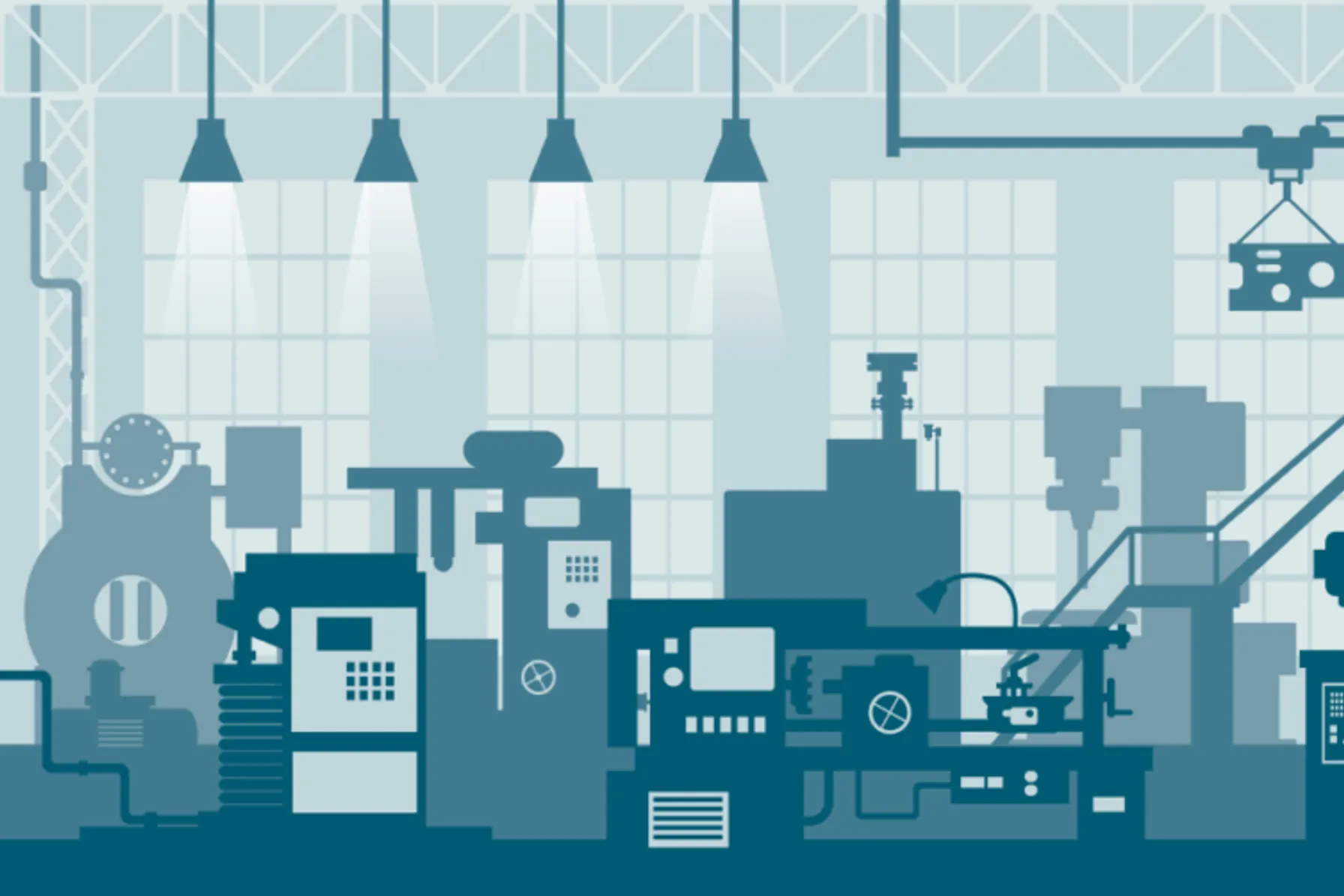
TRC obtient la qualification du département de l’Énergie des États-Unis (DOE) pour être un fournisseur d’évaluations énergétiques équivalentes des centres d’évaluation industrielle (IAC)
septembre 24, 2024
TRC peut maintenant fournir des audits énergétiques équivalents IAC aux petites et moyennes entreprises de fabrication (SMM), qui peuvent recevoir des subventions allant jusqu’à 300 000 $ pour la mise en œuvre des recommandations de vérification.
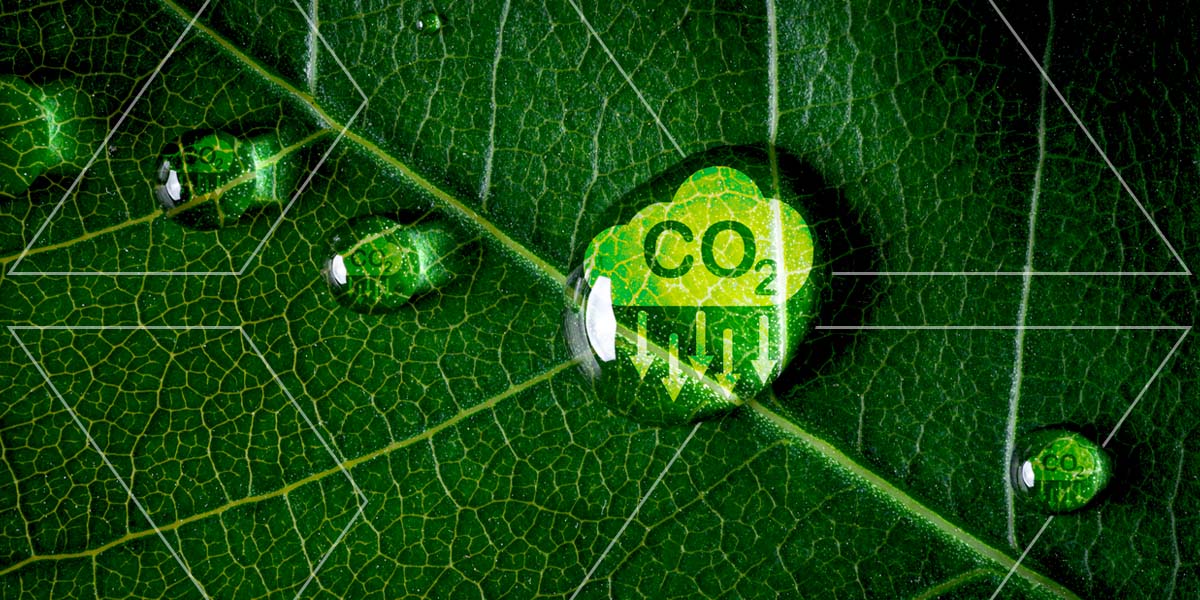
Décarbonisation 101
septembre 5, 2024
Apprenez à intégrer des pratiques de décarbonisation pour réduire votre contribution aux émissions de dioxyde de carbone. Travaillez à la durabilité avec nos solutions.

Progresser vers un avenir énergétique propre : une conversation avec Duane Baldwin
août 26, 2024
À la suite de sa discussion sur l’efficacité énergétique, Duane Baldwin, vice-président de l’énergie avancée de TRC, partage maintenant ses idées professionnelles et son engagement personnel envers l’équité énergétique.

Gestion des données sur le carbone des services publics
mai 27, 2024
Nous sommes heureux d’annoncer l’épisode 7 du podcast Energy Talks de TRC, où nous nous joignons à des experts des services publics et des fournisseurs de solutions de comptabilisation du carbone pour discuter de la façon dont notre industrie comprend, mesure et travaille à améliorer notre empreinte carbone collective.

TRC accepté en tant qu’adopteur précoce des données satellitaires de la NASA
avril 30, 2024
TRC analysera les données de la mission de la NASA pour aider à conserver l’eau potable et l’énergie en identifiant les fuites souterraines.

Habiliter les intervenants à co-créer des solutions qui s’attaquent aux iniquités
avril 23, 2024
Pour s’attaquer aux inégalités et veiller à ce que les avantages de la transition vers l’énergie propre soient accessibles à tous, il faut examiner de près les processus auxquels on s’appuie depuis longtemps et qui peuvent avoir caché des inégalités enracinées en eux.
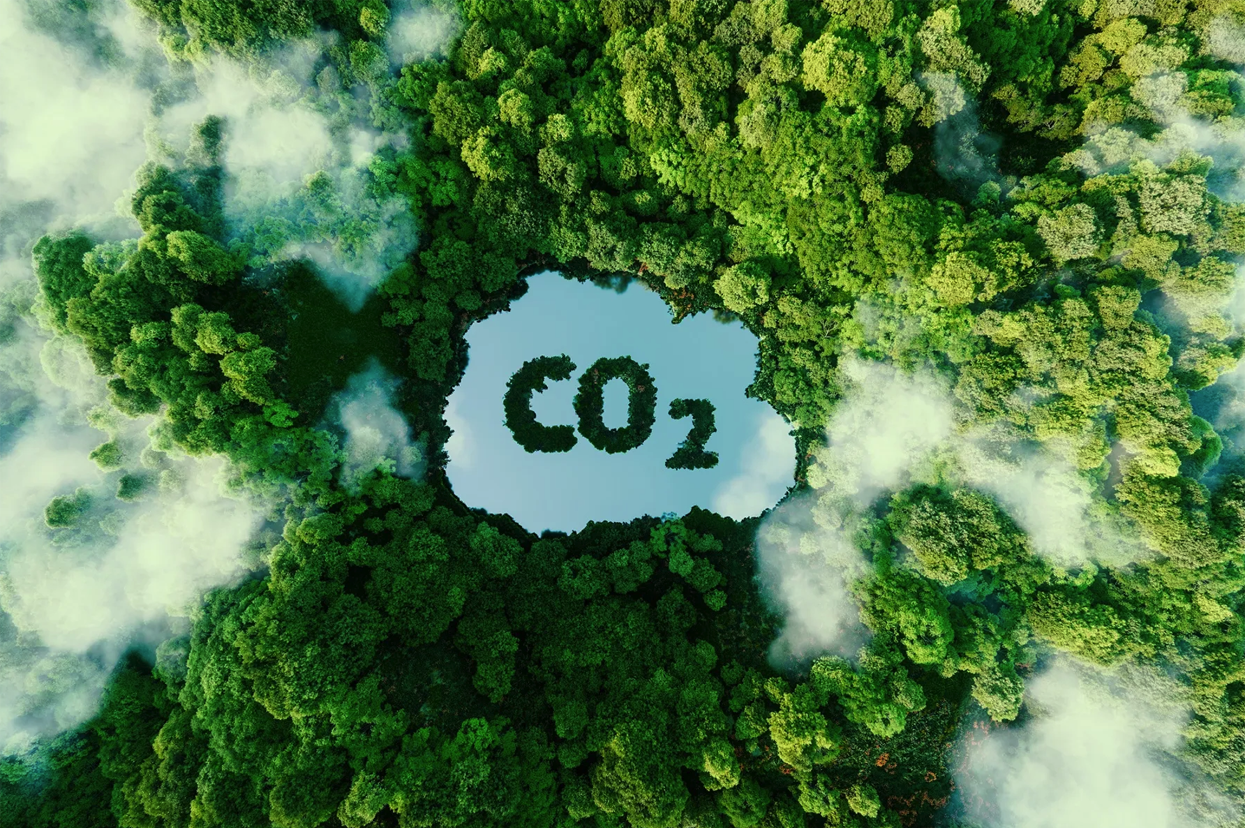
Monétiser les attributs environnementaux des programmes de décarbonisation des bâtiments
mars 27, 2024
Écoutez l’épisode 6 du podcast Energy Talks de TRC, où nous nous joignons à des experts de l’industrie des marchés de gros de l’énergie et des produits environnementaux pour discuter de la façon dont les services publics et les développeurs de projets valorisent les attributs environnementaux des projets de décarbonisation des bâtiments.

Rediffusion du webinaire
mars 26, 2024
Écoutez l’épisode 6 du podcast Energy Talks de TRC, où nous nous joignons à des experts de l’industrie des marchés de gros de l’énergie et des produits environnementaux pour discuter de la façon dont les services publics et les développeurs de projets valorisent les attributs environnementaux des projets de décarbonisation des bâtiments. Avec 40% des émissions de gaz à effet de serre provenant des bâtiments, ce secteur est le plus grand levier disponible pour nous de résoudre le changement climatique causé par les émissions. La décarbonisation des bâtiments fait référence à tout processus ou technologie qui réduit les émissions de dioxyde de carbone associées aux bâtiments. Cela comprend l’efficacité énergétique, l’électrification, la flexibilité de la charge et les projets de production d’énergie renouvelable distribuée. Les services publics investissent traditionnellement dans des programmes de décarbonisation des bâtiments pour obtenir des avantages du réseau, y compris une capacité évitée. Mais en parallèle, ces programmes génèrent des avantages environnementaux sous la forme d’émissions de gaz à effet de serre évitées – connues sous le nom d’attributs environnementaux – et peuvent aider à atteindre les objectifs du gouvernement et des entreprises en matière d’énergie propre. Il existe différents types d’attributs environnementaux, qui peuvent être mesurés en compensations de carbone (tonnes d’eCO2) ainsi que des certificats d’attributs énergétiques (CEE), généralement sous la forme de crédits d’énergie renouvelable ou de CER (mesurés en MWh). La valeur de ces avantages environnementaux augmente et devrait s’envoler au cours des prochaines décennies, ce qui fait du coût évité du carbone un intrant de plus en plus important dans l’évaluation de la rentabilité des programmes de décarbonisation des bâtiments. Cette tendance représente un changement de paradigme, offrant la possibilité d’attirer de nouveaux investisseurs importants dans notre industrie au cours des prochaines décennies et d’élargir considérablement les impacts de nos programmes. Beaucoup d’entre nous dans l’industrie se demandent : comment les services publics et les États qui administrent les programmes de décarbonisation des bâtiments évaluent-ils actuellement les attributs environnementaux générés par leurs programmes ?

L’impact de la conservation de l’eau sur la consommation d’énergie
février 1, 2024
La conservation de l’eau est essentielle pour réduire la consommation globale d’énergie et l’impact environnemental. Découvrez comment nos services peuvent vous aider à gérer votre conservation de l’eau.

Poêles dans les nouvelles ? Pourquoi certains États réglementent le gaz naturel dans la construction de nouveaux bâtiments
octobre 30, 2023
L’élimination de l’utilisation du gaz naturel dans les nouvelles constructions est une option stratégique qui gagne à la fois du terrain et de la controverse
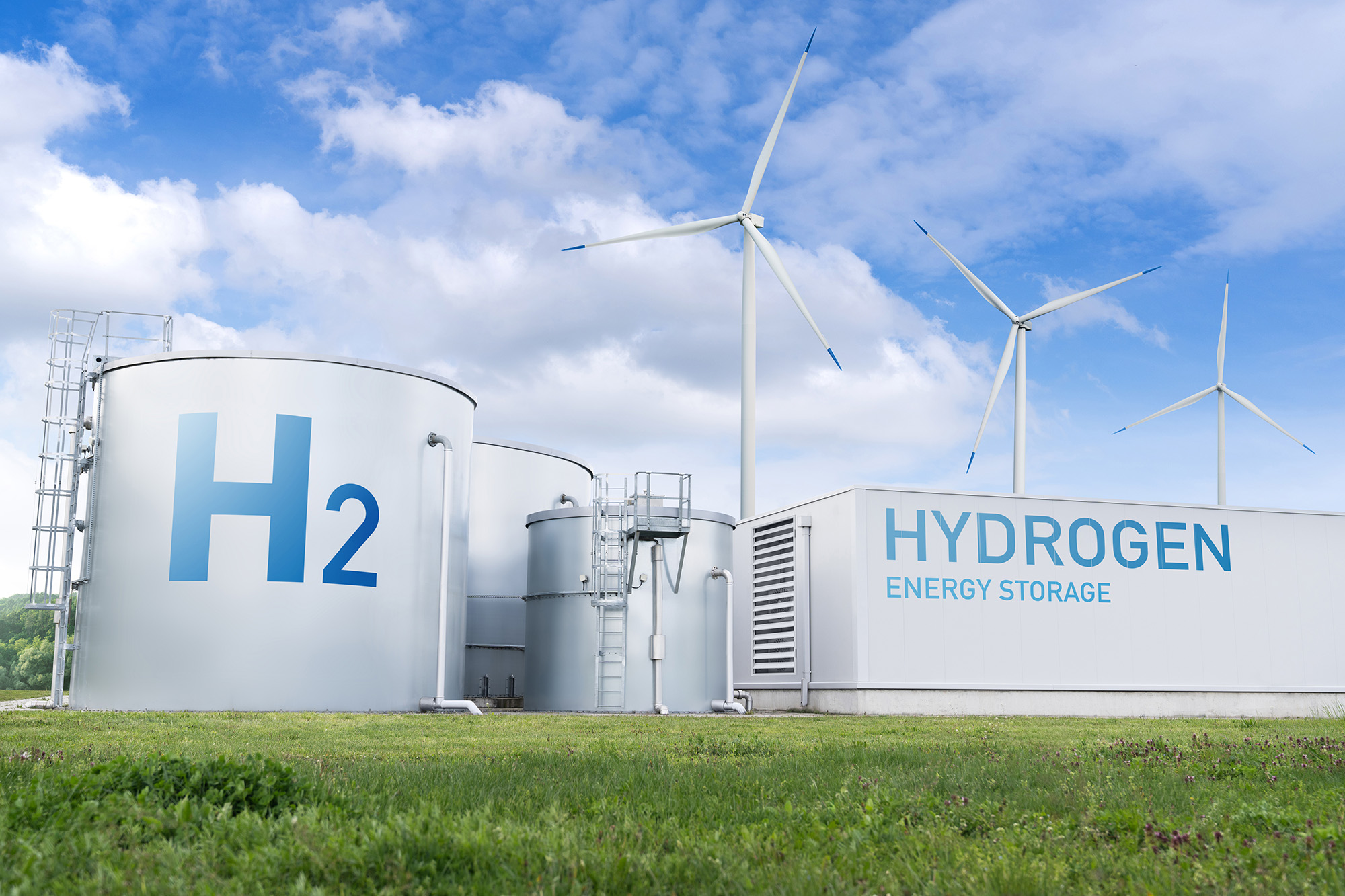
TRC Companies, Inc. selected to participate in Department of Energy (DOE) Multi-State Clean Hydrogen Hub
octobre 13, 2023
TRC received an award for advancing the transition to a clean-hydrogen, low-carbon economy by supporting the Appalachian Regional Clean Hydrogen Hub (ARCH2) consortium.

What’s Next for the Clean Energy Transition?
octobre 12, 2023
The need to decarbonize our energy systems is urgent – but to successfully transform this vast market requires cross-sector change at scale.
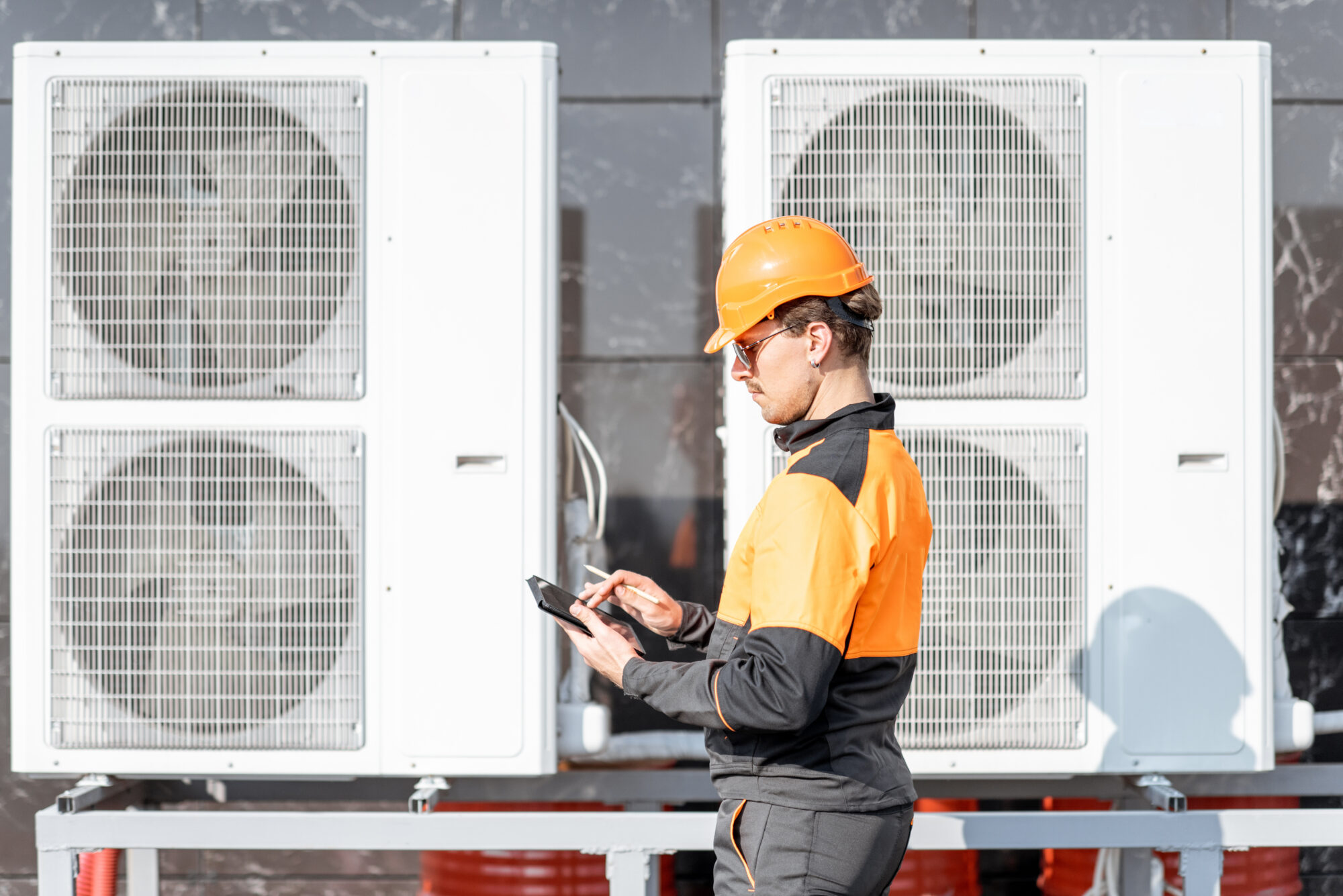
Five Common Myths about Heat Pumps for Space Heating and Cooling Systems
septembre 6, 2023
Heat pump technology is still evolving and real challenges exist to widespread market adoption.
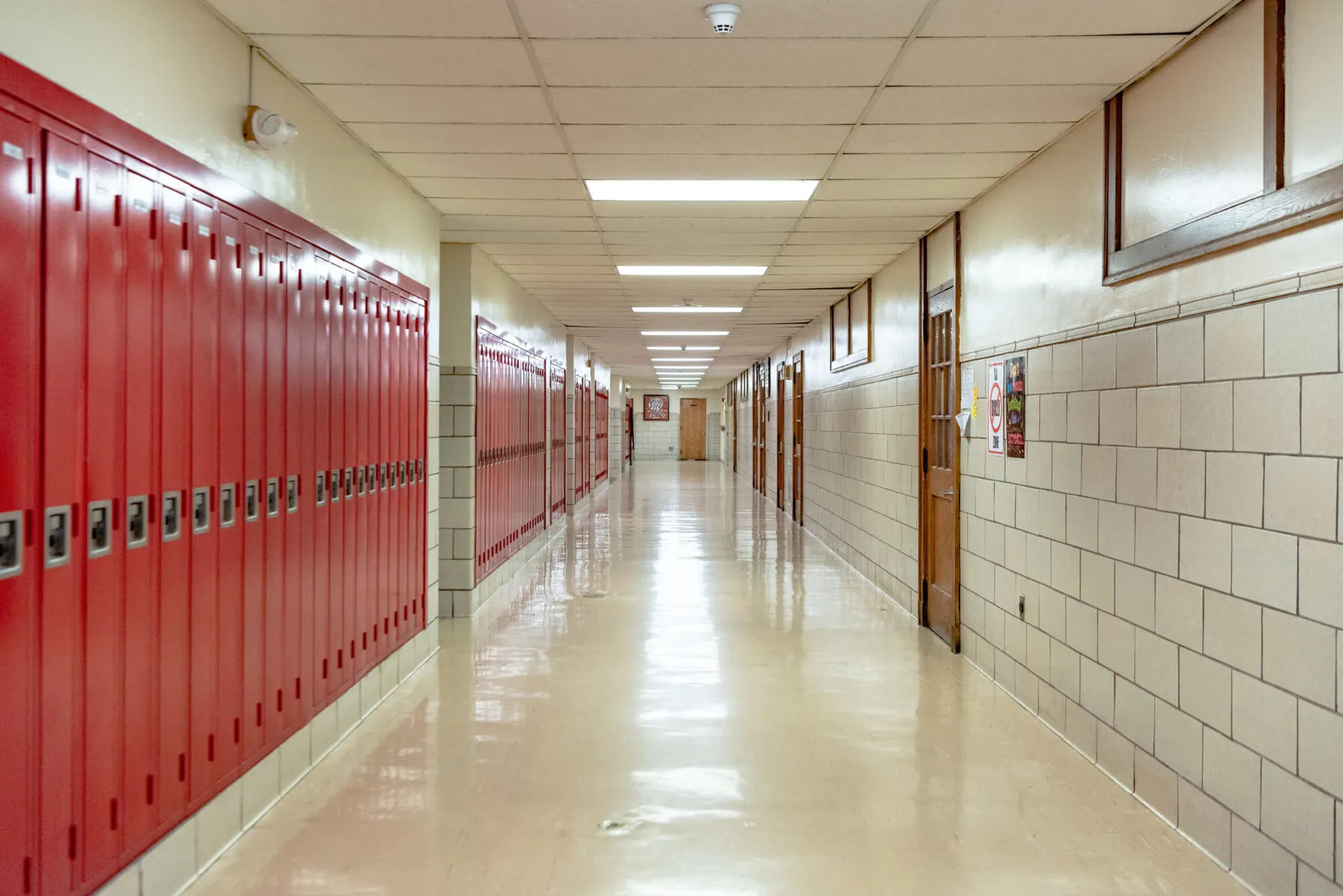
Clean Energy Skills Workshops
août 16, 2023
Partnering With Local High Schools to Recruit the Next Generation of Clean Energy Workers.
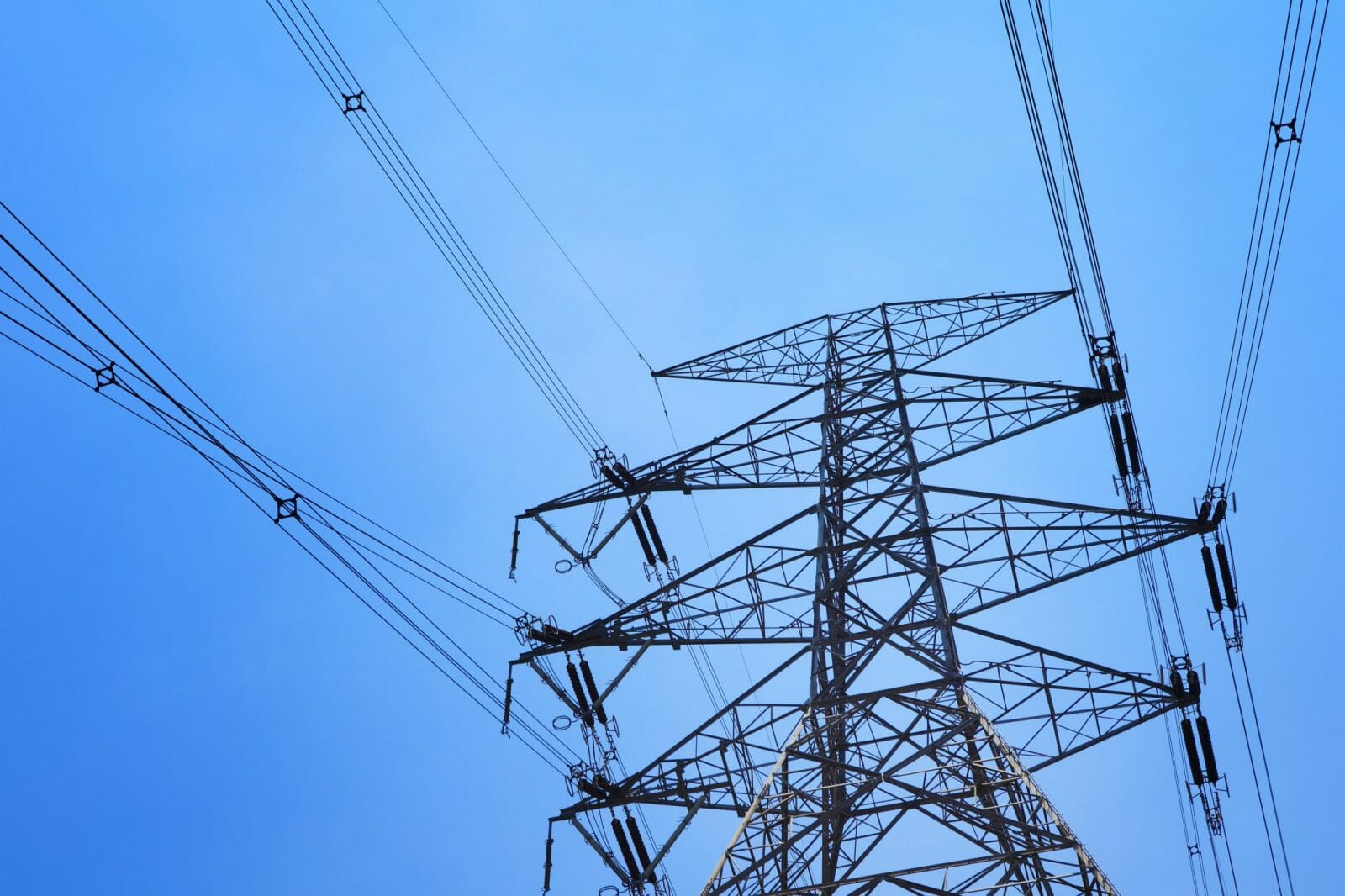
Download Whitepaper: 10 Years of Insights for Clean Community Microgrids
mars 1, 2023
Clean, community microgrids represent a promising and timely opportunity for you to advance your customer offering and deliver meaningful societal benefits, all while modernizing your grid and providing you with load flexibility.

Carrots and Sticks for Building Decarbonization: Incentive Programs and Codes & Standards
janvier 11, 2023
Avec les procédures judiciaires, les appels devant les tribunaux et les actions politiques actuellement en cours, découvrez pourquoi certains États interdisent les nouveaux raccordements au gaz naturel dans certains secteurs dans le cadre des stratégies de décarbonisation et ce que cela signifie pour les consommateurs et les entrepreneurs. Alors que la décarbonisation devient impérative pour lutter contre les impacts du changement climatique à l’échelle nationale, le gouvernement fédéral, les États et les municipalités regardent au-delà du marché de la production d’électricité pour de nouvelles solutions qui peuvent faire une grande différence. Étant donné qu’une source importante d’émissions de carbone provient des combustibles fossiles utilisés dans les bâtiments, l’élimination de l’utilisation du gaz naturel dans les nouvelles constructions est une option politique qui gagne à la fois du terrain et de la controverse. La décarbonisation du secteur de la construction nécessite de réduire ou d’éliminer les émissions provenant des sources de pétrole ou de gaz naturel utilisées pour le chauffage et les foyers ornementaux, l’eau chaude domestique, le séchage des vêtements et la cuisson. Des chaudières aux chauffe-eau, en passant par les fournaises et les cuisinières à gaz, il existe de nombreuses façons dont une maison ou un autre bâtiment peut brûler des combustibles fossiles. L’élimination de ces sources et le remplacement de l’équipement par une nouvelle technologie électrique peuvent réduire la pollution de l’air extérieur, améliorer la qualité de l’air intérieur et améliorer l’environnement – aidant à atteindre les objectifs climatiques – mais cela peut également atténuer l’augmentation des coûts des services publics, protéger les options de logement abordable et s’attaquer aux impacts sur la sécurité, l’air intérieur et la santé humaine qui peuvent se produire avec la combustion de combustibles fossiles à l’intérieur. Alors que les États réglementent le gaz naturel dans les nouvelles constructions, de nombreux intervenants s’inquiètent de ce changement notable. Bien que cela ait conduit à des batailles juridiques et politiques litigieuses, la tendance est là pour rester. Et avec de nombreuses options de remplacement nouvelles et émergentes passionnantes pour les appareils au gaz naturel, combinées à des campagnes continues d’éducation et de sensibilisation des parties prenantes, il peut y avoir une voie positive pour la décarbonisation des bâtiments.
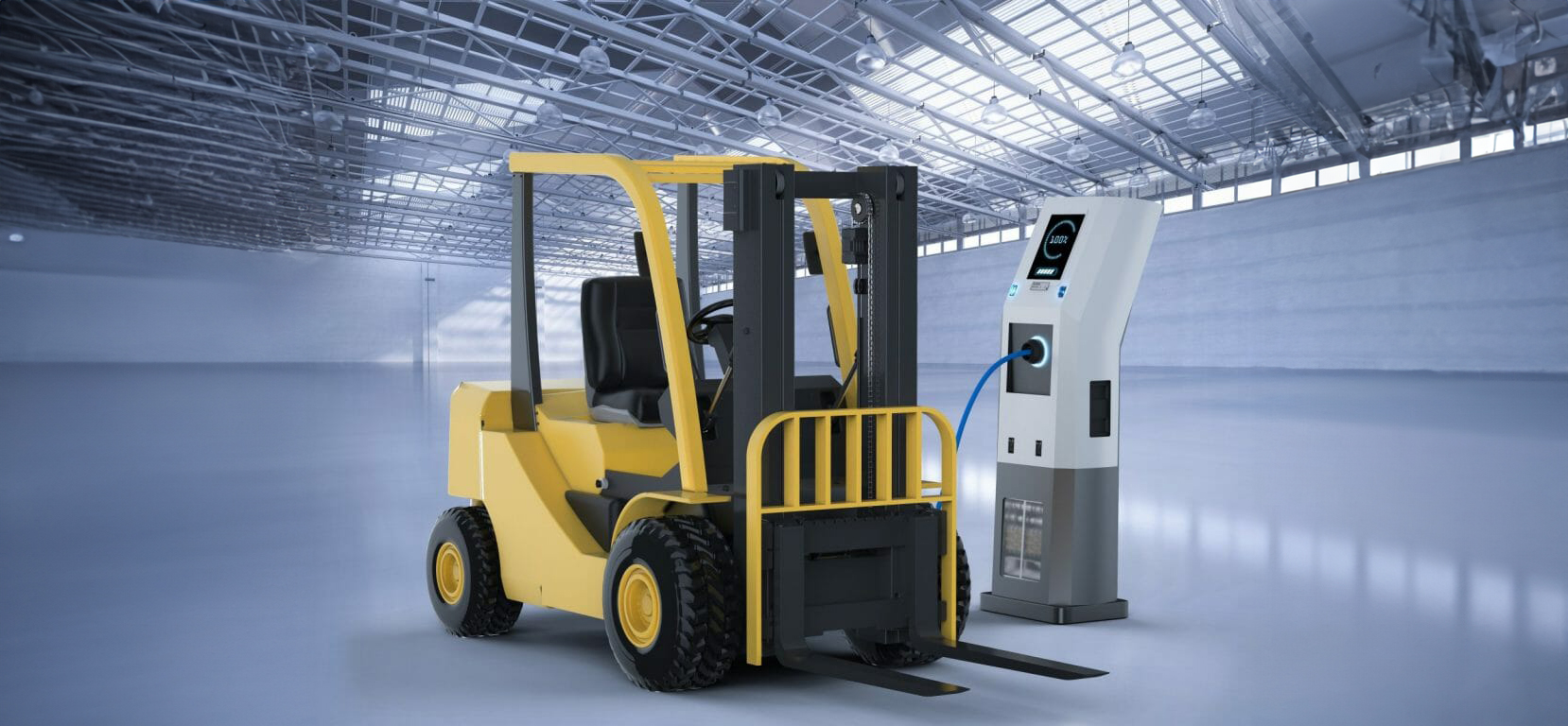
Transportation Electrification
novembre 3, 2022
Lessons from TVA’s Non-Road EV (NREV) Program

The Social Side of Resiliency
août 30, 2022
For community leaders, rebuilding in the wake of disasters creates an opportunity to do more than simply replace homes with the fastest, least-expensive structures.

Eliminating Overcooling to Make People More Comfortable While Saving Energy
juillet 28, 2022
A significant portion of a building’s energy consumption is wasted through a combination of missing occupant needs and sub-optimal design and operation.

Webinar Replay: How the DOE and Utilities Can Work Together on IIJA Funding Initiatives
avril 29, 2022
View our webinar replay of our IIJA funding initiatives webinar with Jigar Shah, Director of the Loan Programs Office – US Department of Energy.
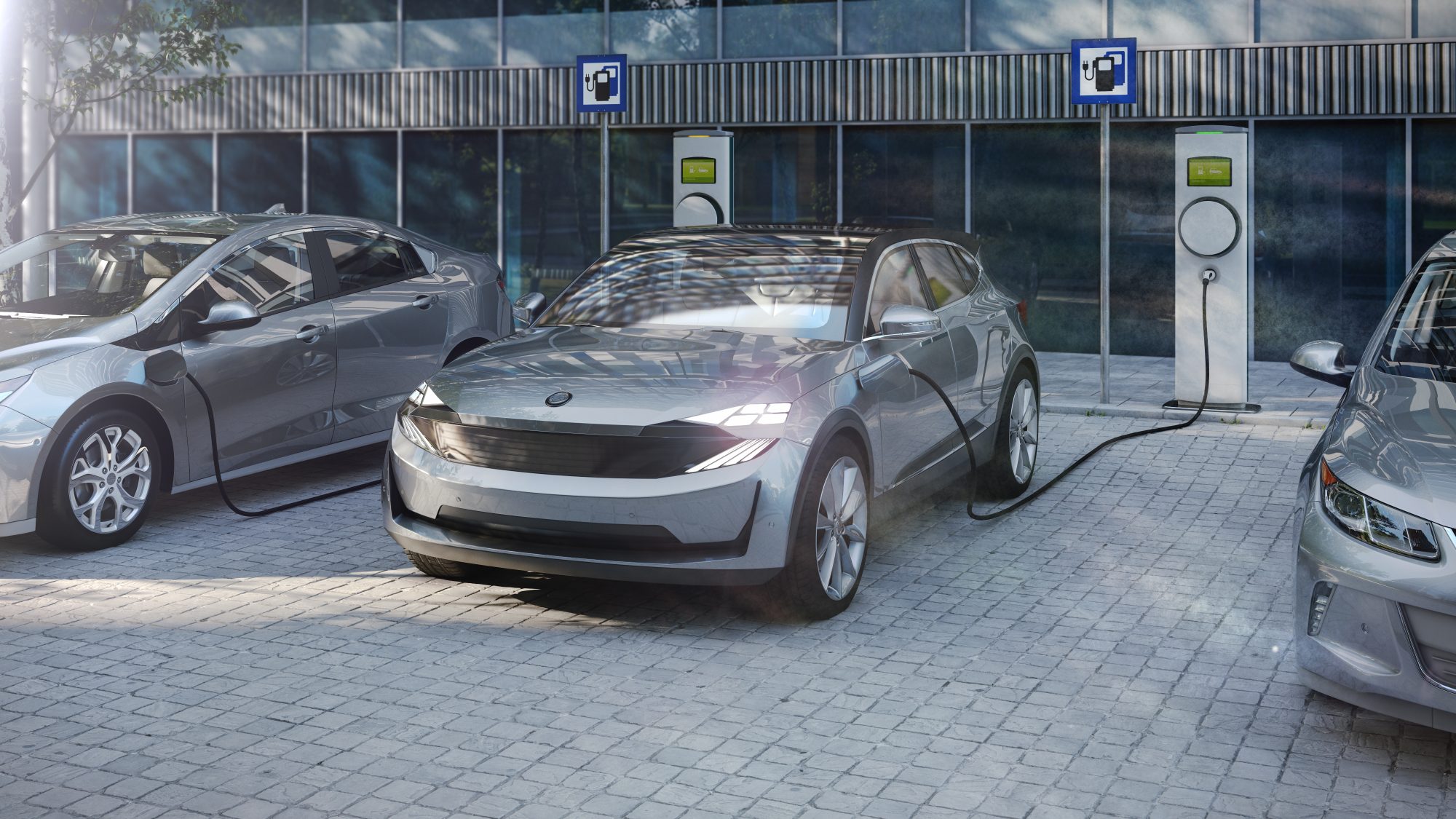
Start Your Batteries: Mass Fleet Electrification is Coming (And What We Can do to Prepare)
avril 13, 2022
As we plan for and make early investments for fleets, we’ll be paving the way for higher degrees of market penetration of passenger vehicles and other modes of transportation as well.

Trailblazing Reach Code Initiatives Drive Decarbonization
mars 7, 2022
Find out how reach code initiatives are driving decarbonization with TRC. Our team offers decarbonization consulting and solutions. Turn To The Experts at TRC!
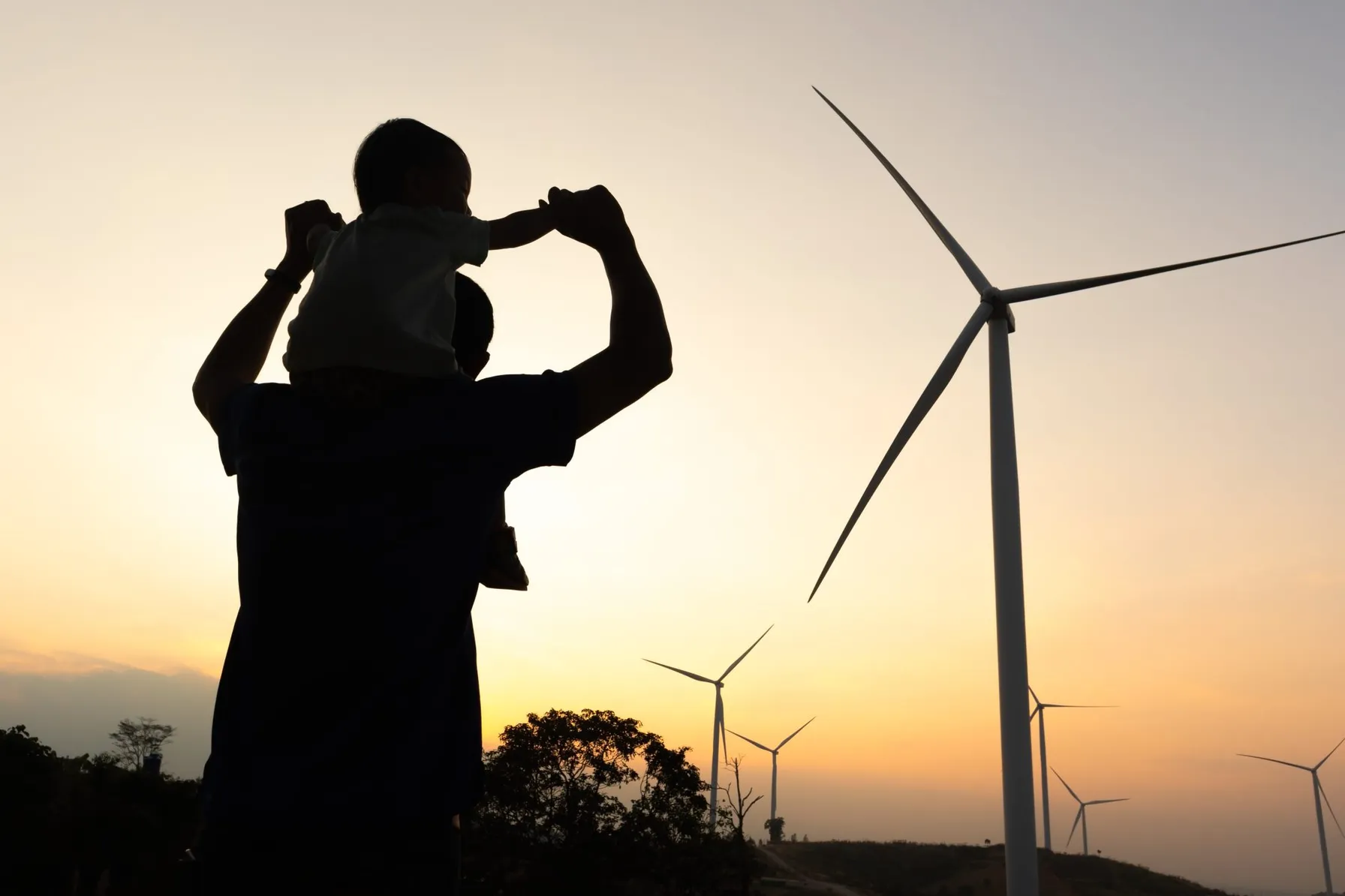
Ensuring a Just Transition: Optimizing Opportunities for All in the Low-Carbon Future
janvier 24, 2022
Carbon elimination of the magnitude needed to address climate change requires systems-level change that can only be reached by incremental, ground-up progress, building upon what we have achieved thus far.
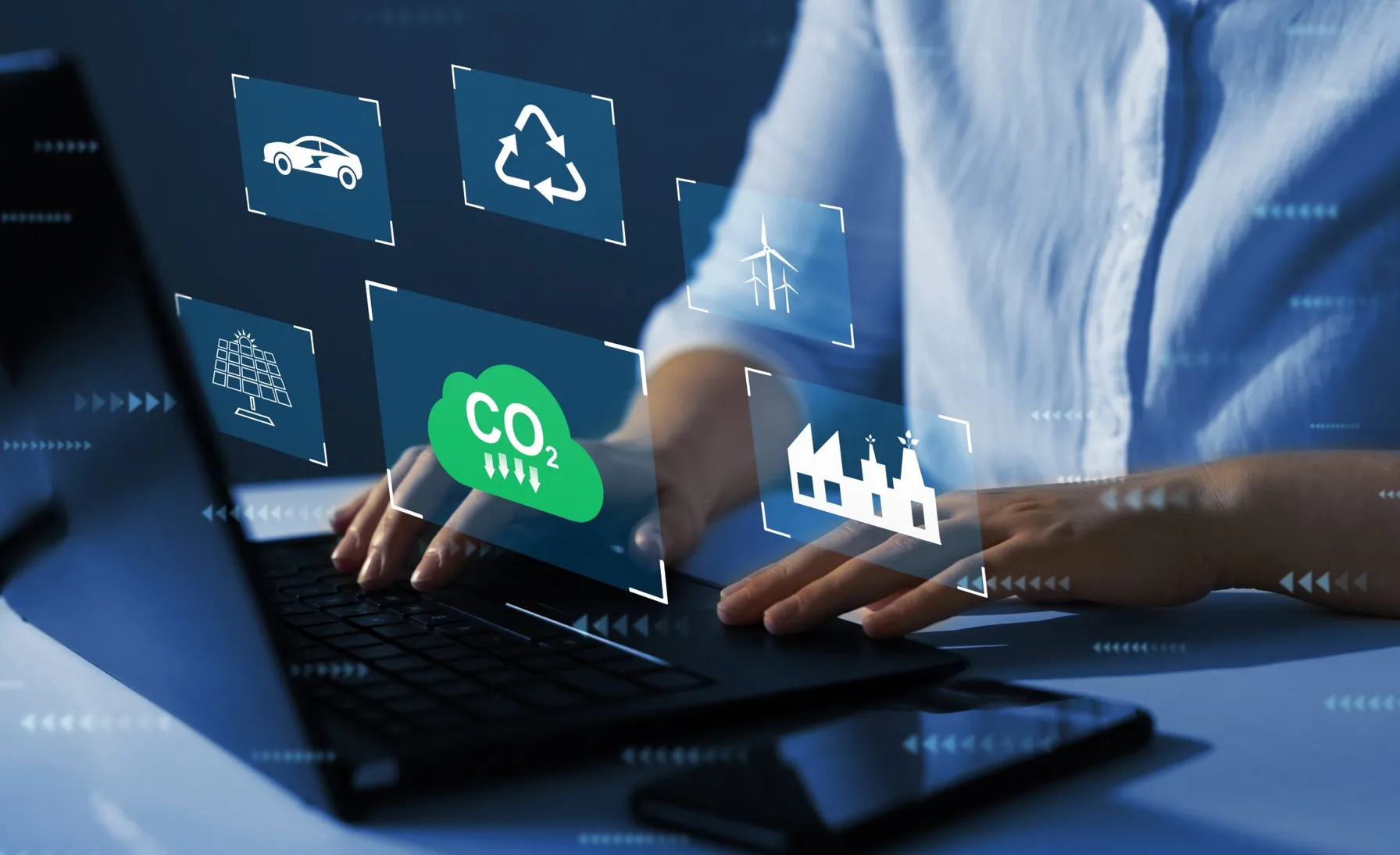
Decarbonization: A Systems-Level Challenge and Actions to Address Climate Change
Décembre 7, 2021
Carbon elimination of the magnitude needed to address climate change requires systems-level change that can only be reached by incremental, ground-up progress, building upon what we have achieved thus far.
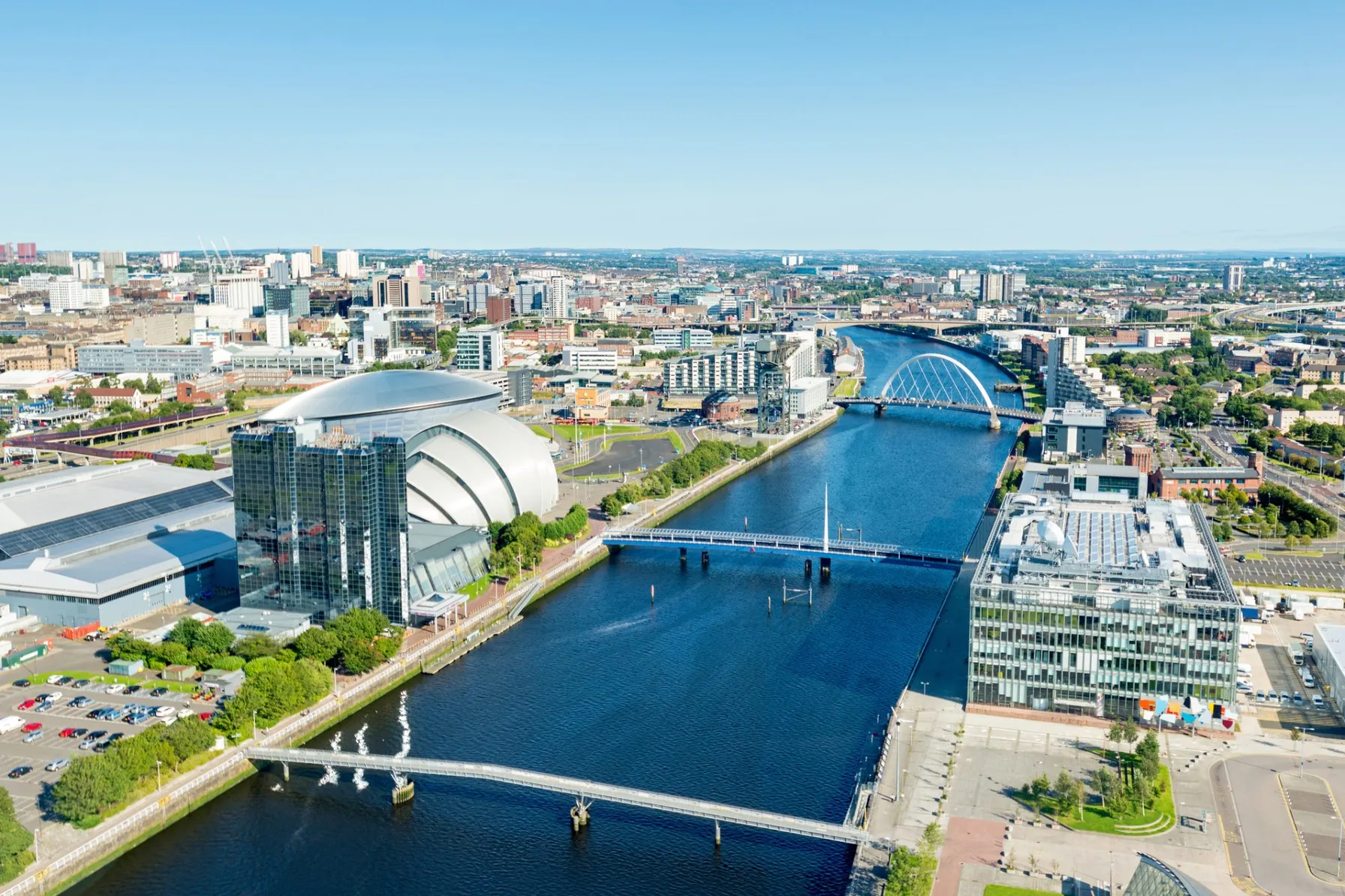
10 Takeaways from the COP26 Climate Meeting
novembre 17, 2021
There are compelling reasons to be optimistic about the outcomes of the COP26 meeting. Notably, agreement among all nations that more needs to be done, by both private and governmental bodies, to contain and mitigate climate change.

The Price of Natural Gas: Onward and Upward or Just a Temporary Blip?
novembre 12, 2021
Most industry experts agree that weather aside, the global energy and gas markets are likely to remain uncertain with supply and market demand becoming tighter and more challenging to forecast.
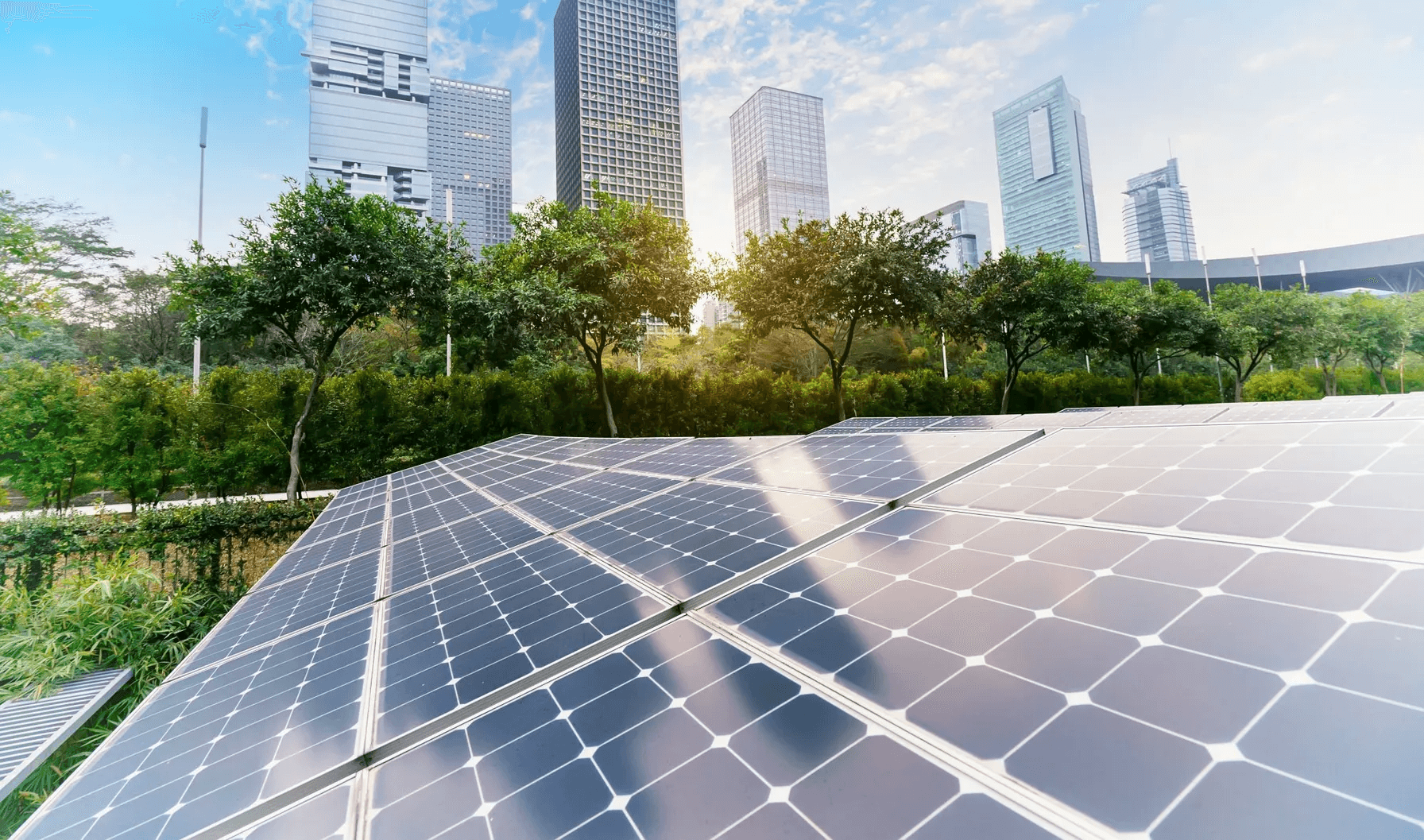
On the Road to Decarbonization: The Role of All-Source Competitive Solicitations
octobre 14, 2021
All-Source Competitive Solicitations offer utilities an alternative to centralized planning, construction and dispatch of power supplies, helping to usher in a new era of market-driven technology innovation.
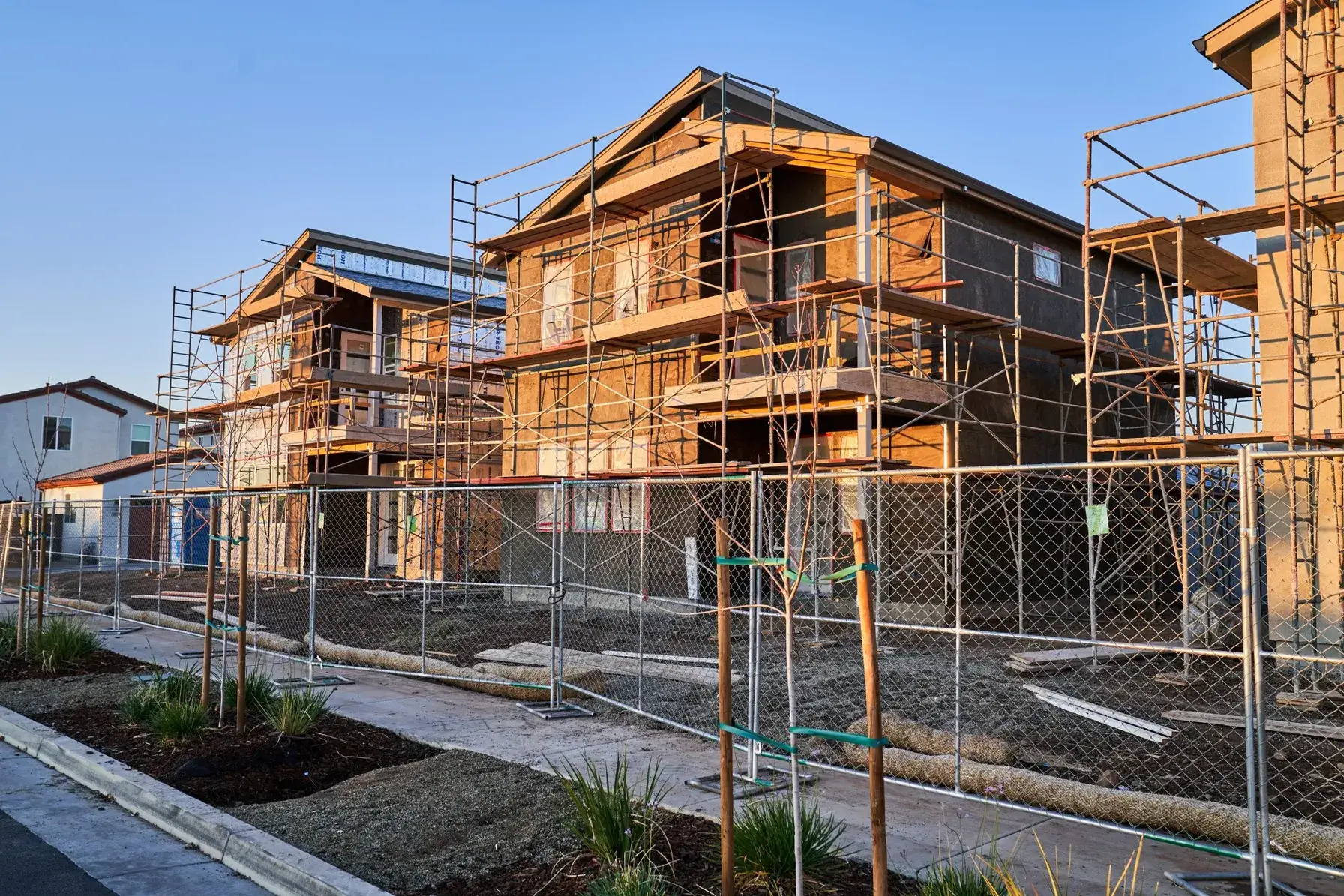
Pacific Gas and Electric Selects TRC as Program Implementer for New Construction Residential All-Electric and Mixed Fuel Programs
septembre 27, 2021
Pacific Gas and Electric Company (PG&E) formally announced TRC as the designated lead Program Implementer for the Statewide New Construction (SWNC) Residential All-Electric and Mixed Fuel Programs following a competitive solicitation process.
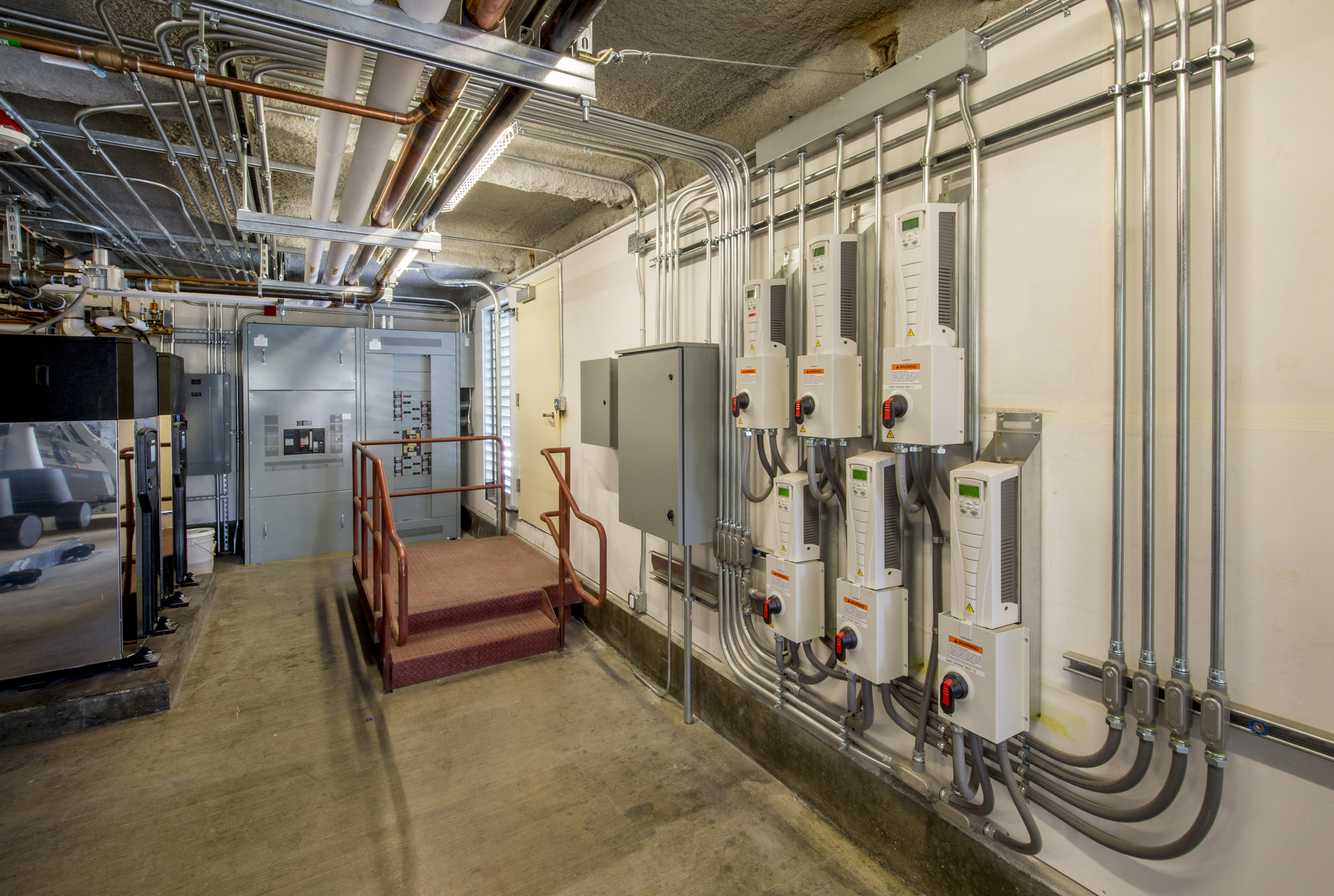
TRC and Slipstream partner with the Minnesota Department of Commerce to launch energy conservation R&D project
juin 24, 2021
TRC, Slipstream, and the University of Minnesota are working with controls system manufacturers and contractors to develop such a standardized and streamlined building control retrofit process leveraging ASHRAE Guideline 36
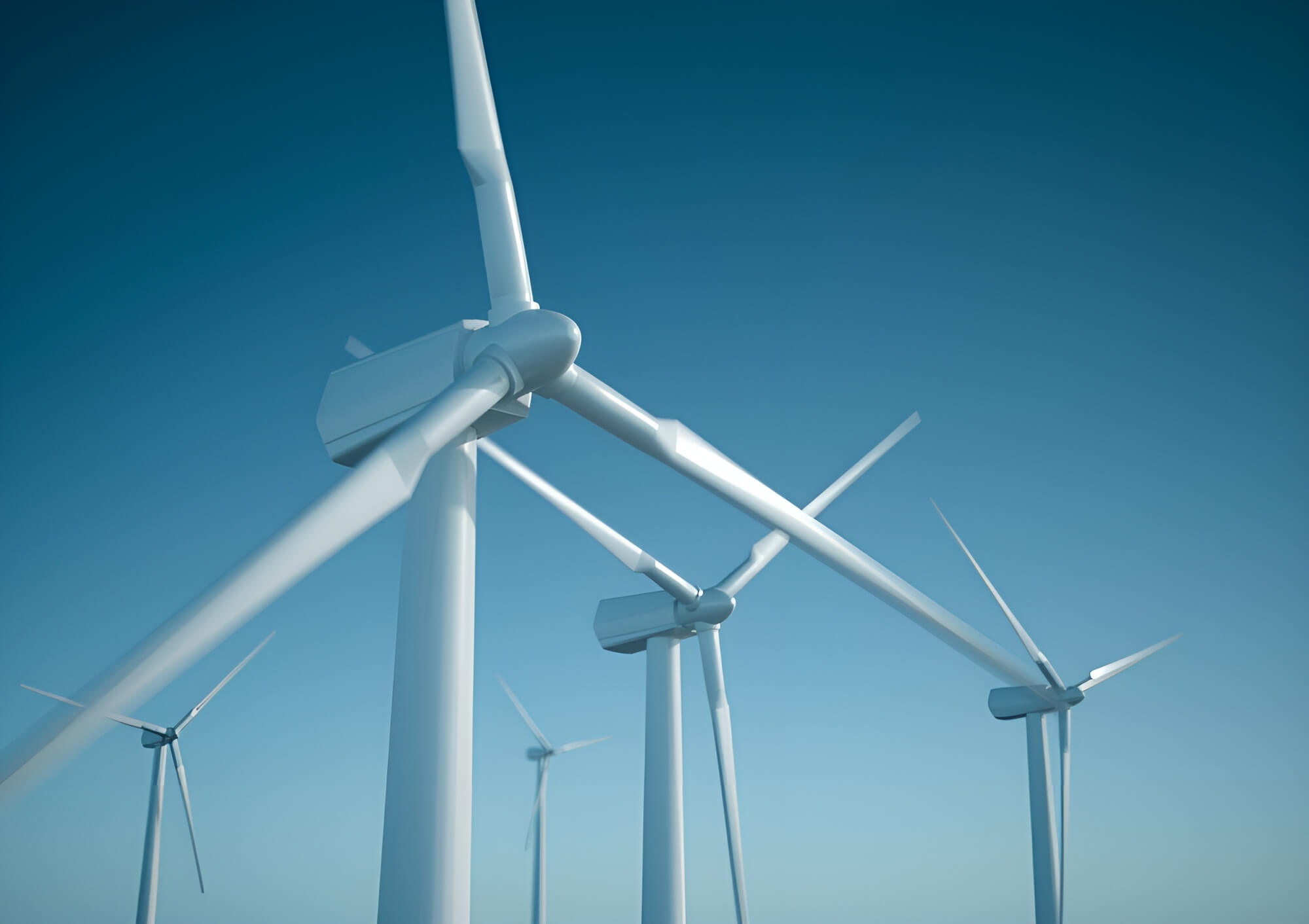
What is Clean Energy: A Discussion of the Future of Clean Energy
juin 21, 2021
Clean energy is a broad term with a fluctuating definition and a complicated lifecycle. We explore the issue, and hope to establish a more productive dialogue about our energy future.
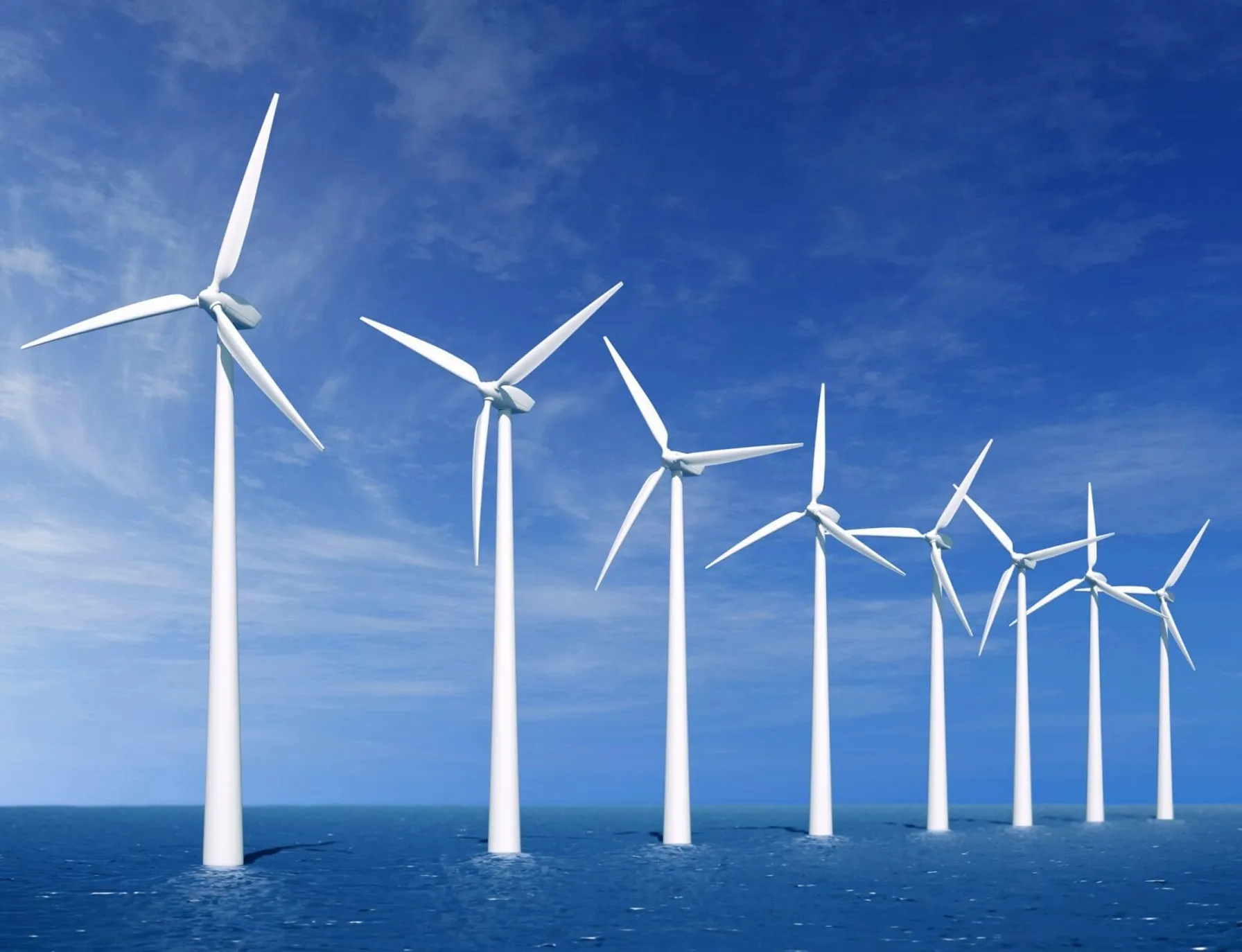
Requirements to Growing US Offshore Wind Industry
mai 24, 2021
Growing US Offshore Wind Industry Requires Reshoring of Materials and Supply Chain Optimization

TRC Companies Inc. Acquires EMI Consulting
janvier 27, 2021
Today TRC Companies (« TRC”), announces the expansion of its advanced energy capabilities with the acquisition of EMI Consulting (“EMI”), a Seattle based firm that consults on the strategic development of clean energy solutions including energy efficiency, demand management, decarbonization and customer engagement.
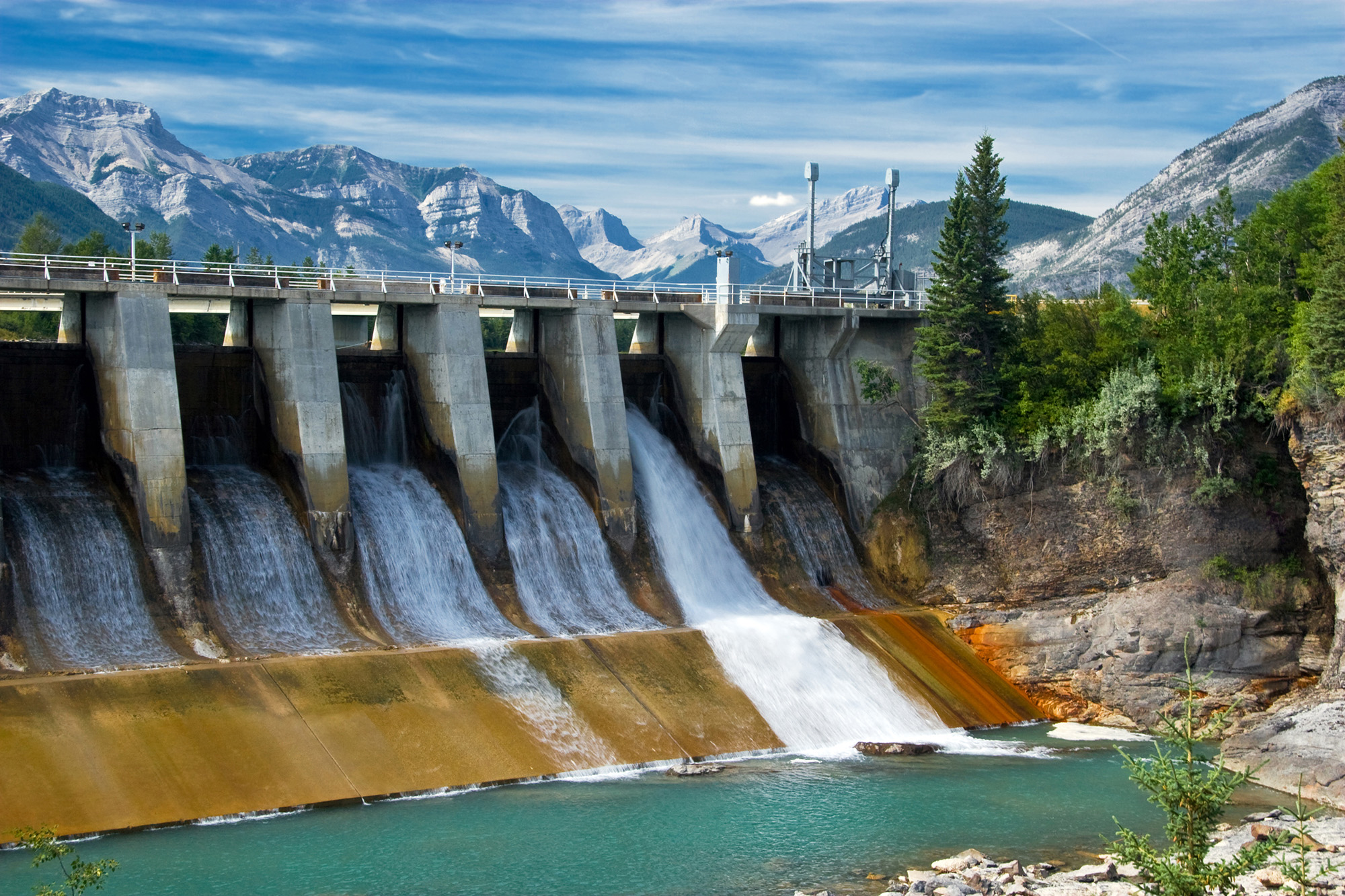
TRC Companies Inc. Expands Environmental and Renewable Energy Capabilities with the Acquisition of Shoener Environmental
Décembre 2, 2020
Today TRC Companies, announces the expansion of its environmental and renewable energy capabilities with the acquisition of Shoener Environmental.
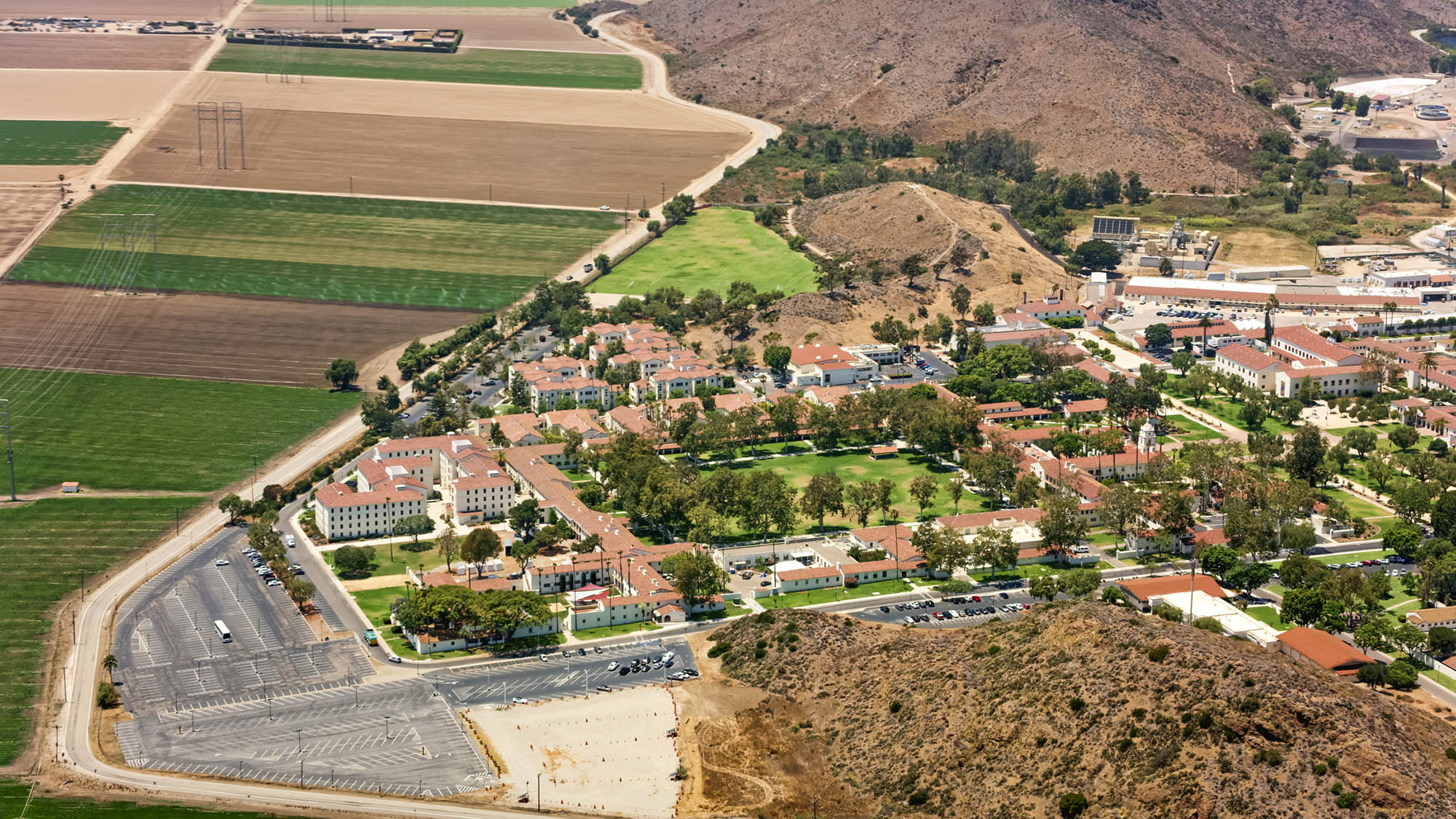
City of Camarillo, California approves moving forward with Hybrid Solar Microgrids at five critical community facilities
novembre 6, 2020
On October 28, the Camarillo City Council unanimously approved moving forward with the design of Hybrid Microgrids at five City facilities: City Hall, the Corporation Yard, Camarillo Public Library, Police Station, and Wastewater Treatment Plant. The microgrid at the Camarillo Public Library will be designed with solar+storage only, while the other four sites will employ a hybrid design of solar+storage+diesel.
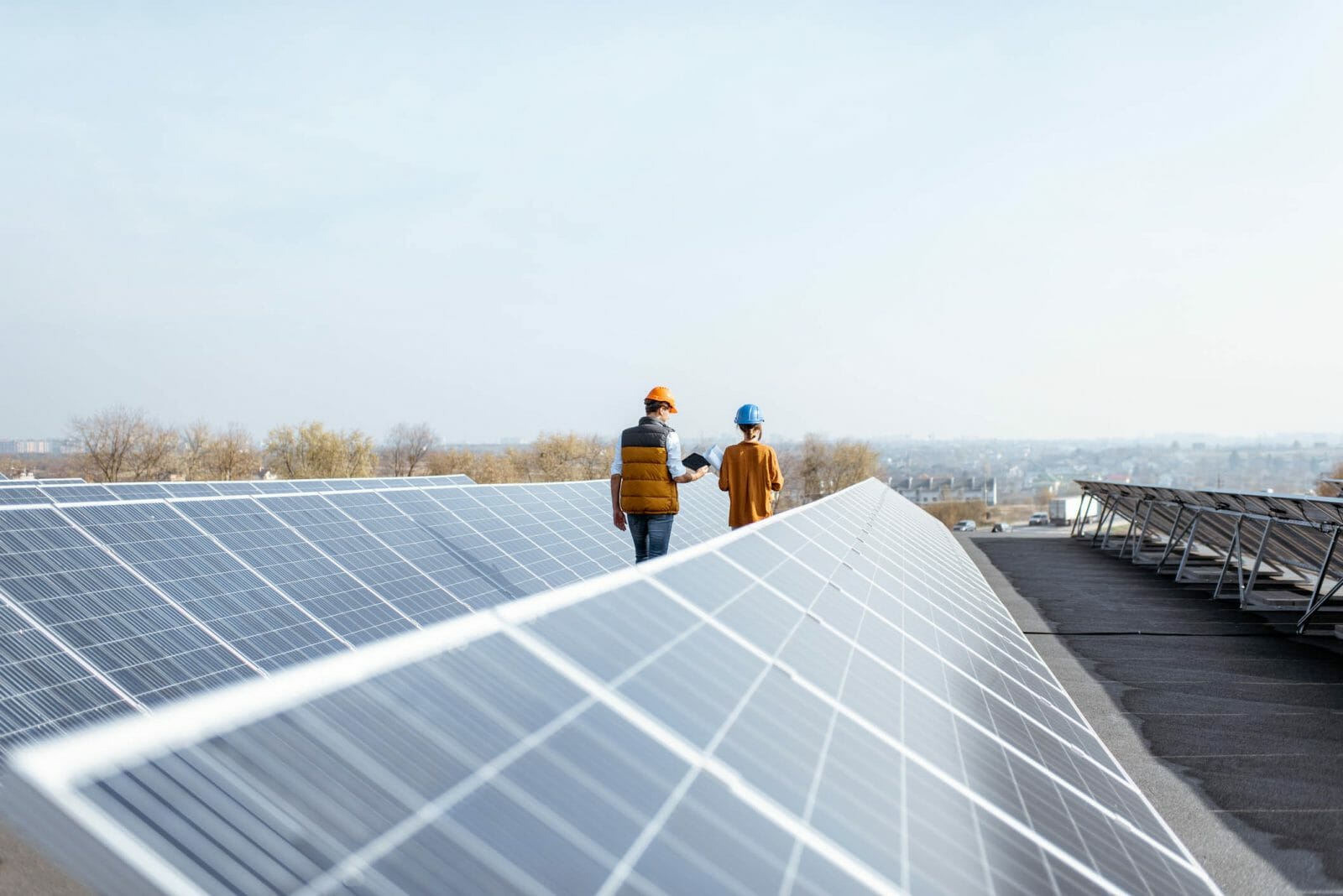
TRC Digital partners with Dominion Energy to evolve its distributed energy resource strategy
septembre 22, 2020
Dominion Energy, one of the nation’s largest producers and transporters of energy, has partnered with TRC Digital to evaluate, implement and integrate technology to further the utility’s distributed energy goals. TRC Digital will facilitate Dominion Energy’s strategy development and technology execution, allowing Dominion Energy and its customers to accelerate the shift to distributed energy resources (DER) and net carbon reduction.
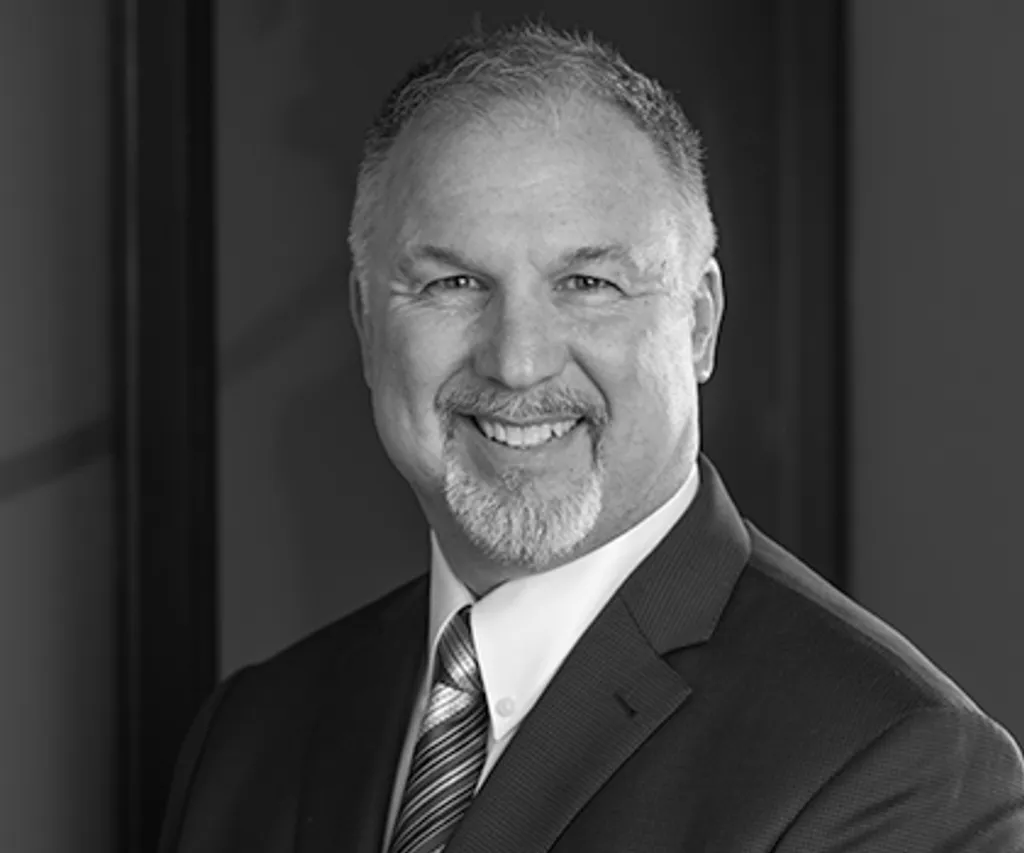
TRC Companies Welcomes New Power Sector President Ed Myszka
septembre 2, 2020
Myszka brings over 30 years of innovation, market development and operations experience to TRC.

Resilient Storage: Pacific Power’s Quest for Behind-the-Meter Solutions
juin 30, 2020
COVID-19 and climate impacts are driving a focus on resilience and utilities are helping customers explore behind-the-meter (BTM) energy storage solutions they might not otherwise pursue.
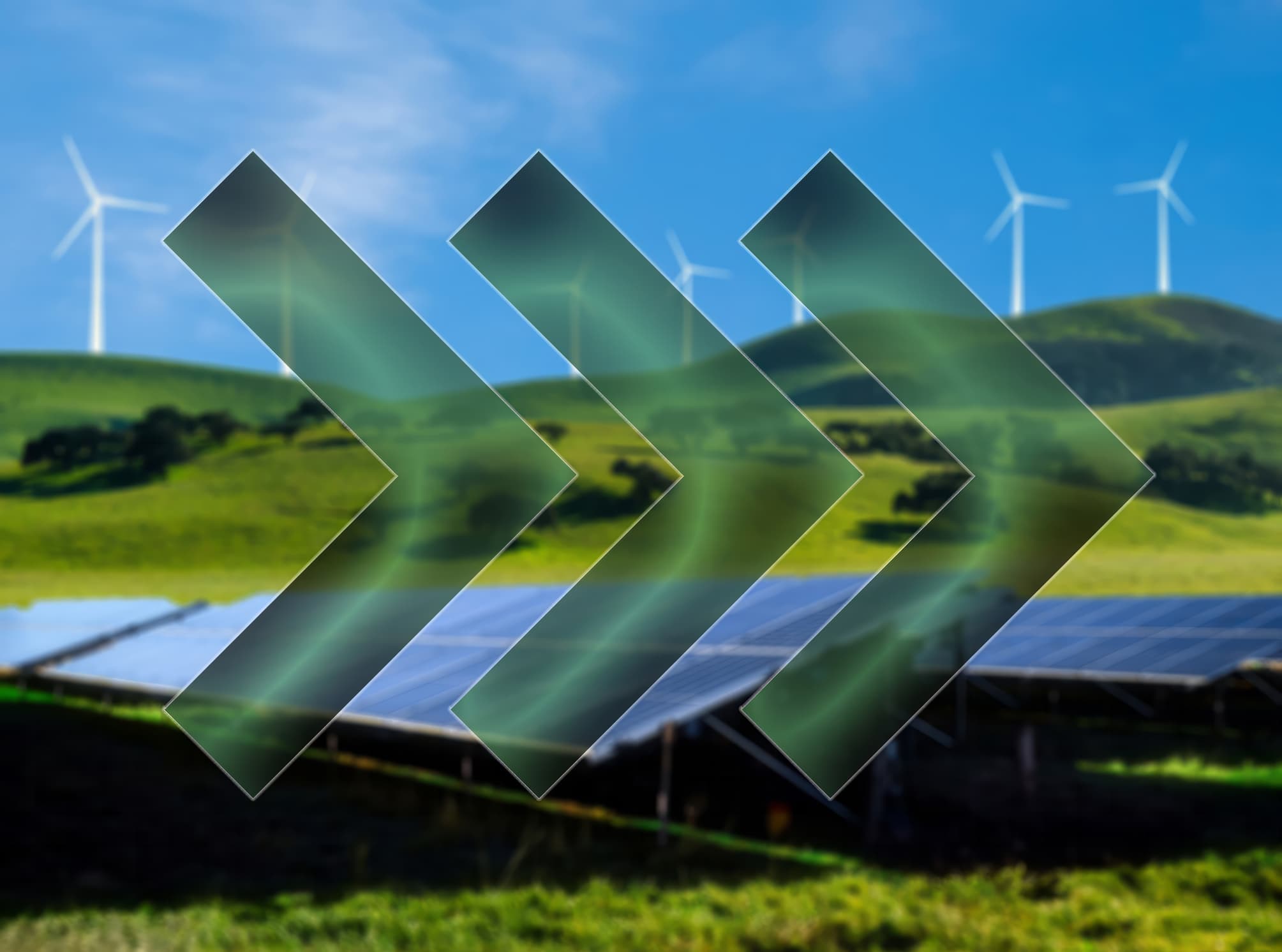
Leaning into Energy Transformation
avril 16, 2020
Grid assets have evolved from traditional grid infrastructure to complex, and agile distributed energy systems today.
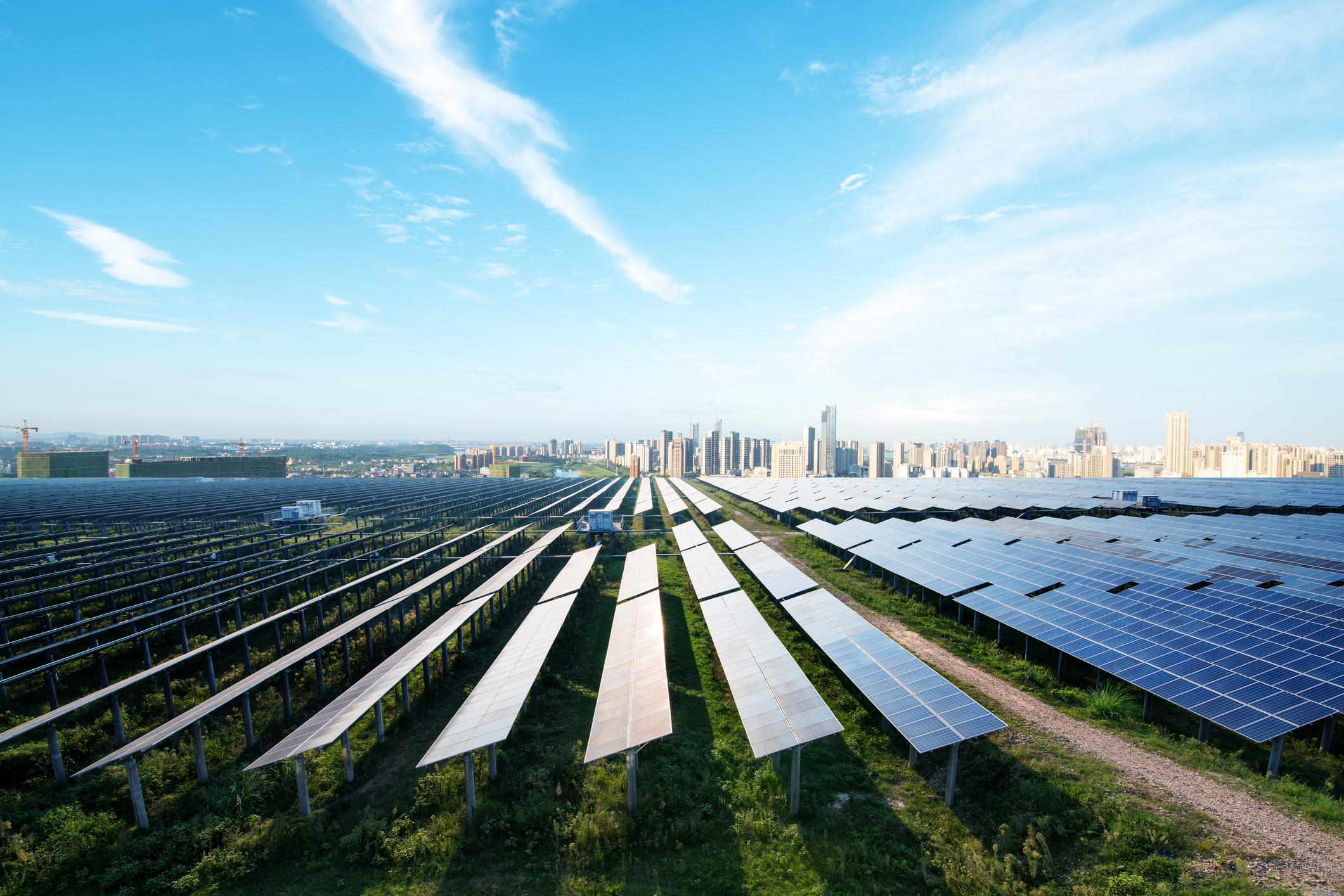
Energy Efficiency as a Resource in Southern California
mars 19, 2020
EE as a Resource programs that provide capacity and energy savings to the grid must be dependable and persistent to replace essential power plant capacity.

Transforming Commercial New Construction
mars 3, 2020
Commercial buildings today represent about 16% of energy use (30% of electricity) and a key source of GHG emissions across the US.

Resilient, Distributed Energy as a Vital Public Service
février 26, 2020
Implementing resilient solutions for many means ensuring power supply to critical facilities, emergency response efforts and local authorities during power outages.
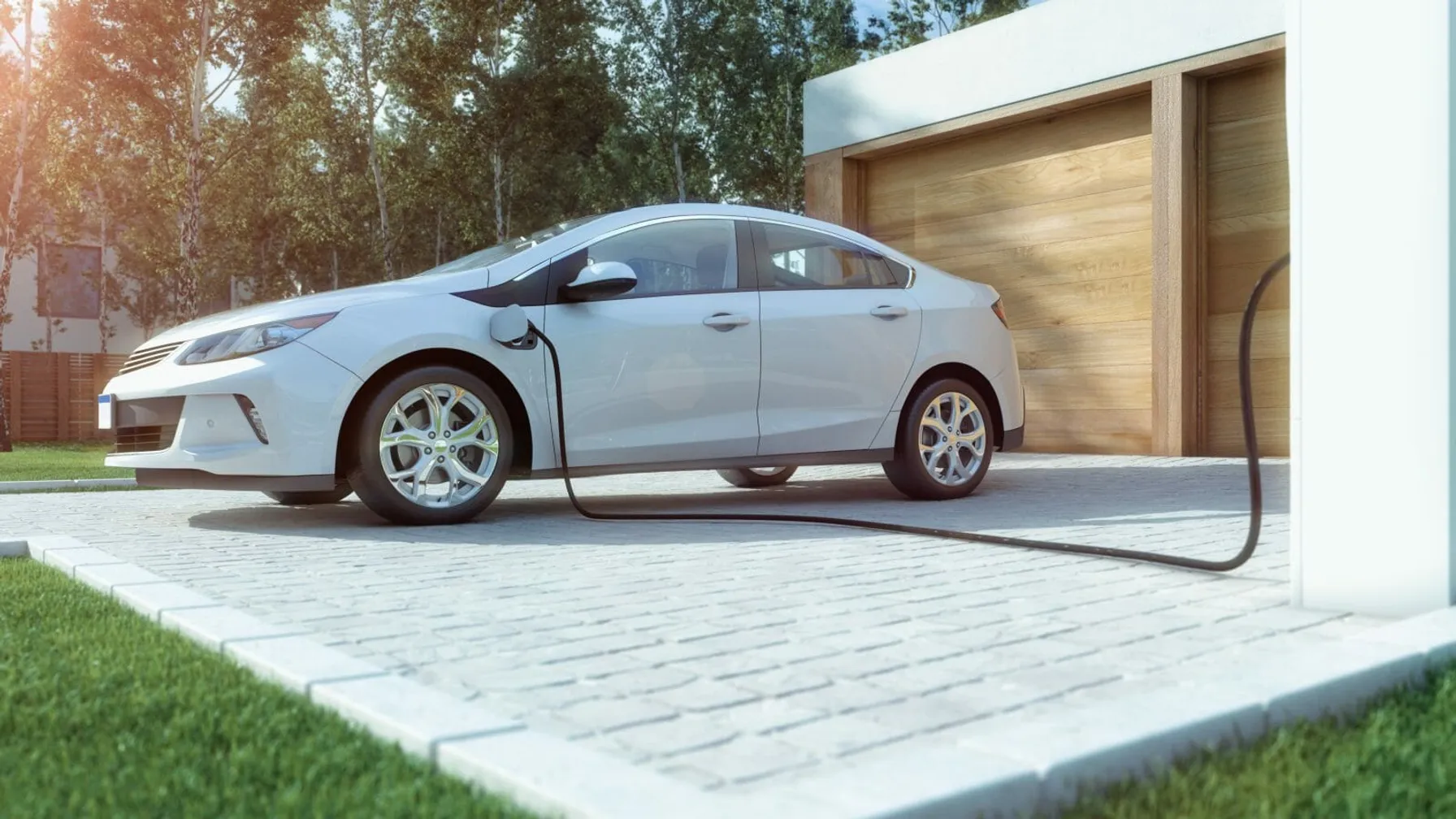
Strategic Electrification
février 4, 2020
As we look to spur strategic electrification across the US, it will be up energy providers and solution implementers to continue sharing ideas, insights and lessons learned

A place called home: Helping California families rebuild after wildfires
novembre 21, 2019
A place called home: Helping California families rebuild after wildfires

Shaping the Future of Energy Efficiency for Oregon’s Affordable Housing
février 27, 2019
Oregon embarks on a bold initiative to reduce energy costs among low income residents with the help of TRC.

Tackling the Advanced Energy Frontier with TRC at ACEEE Summer Study
juillet 24, 2018
What will the grid of the future look like? Where are scientists and engineers breaking new ground to push energy efficiency even further? Join TRC at ACEEE Summer Study to find out.
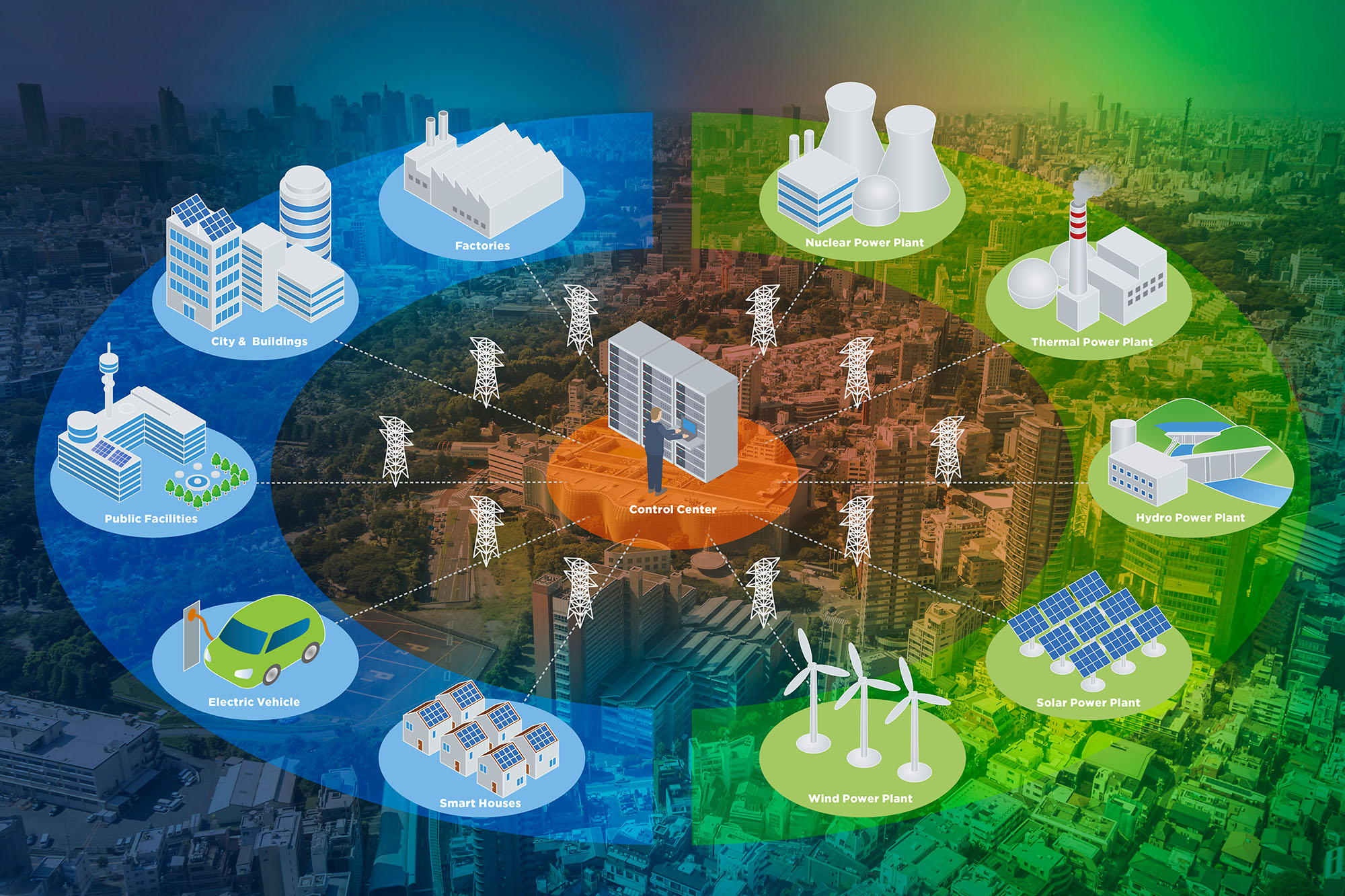
TRC and partners win $1 million grant for engineering innovative New York microgrid
avril 20, 2017
TRC is proud to support Huntington, NY bolster power reliability and climate-change resiliency with a sophisticated new “community microgrid’’ combining solar energy, a fuel cell, biogas and traditional natural gas to deliver electricity and heat to local customers and institutions.
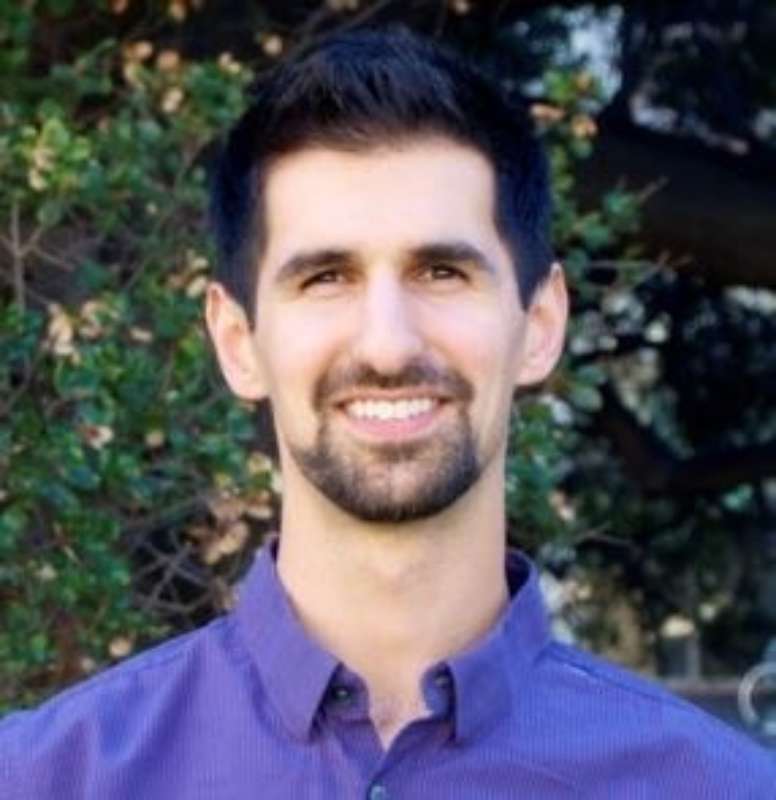
Farhad Farahmand
Farhad Farahmand is a Project Manager at TRC supporting energy efficiency and sustainable development. He leverages strong knowledge of efficient systems and standards to manage a diverse set of projects, including research necessary for California city reach code adoption, Title 24 Building Energy Efficiency Standard improvements, evaluation of zero-net-energy demonstrations, and performance of emerging technologies. Mr. Farahmand holds an M.S. in Public Policy & Management from Carnegie Mellon University and is a Professional Engineer in the state of California and a LEED AP.

